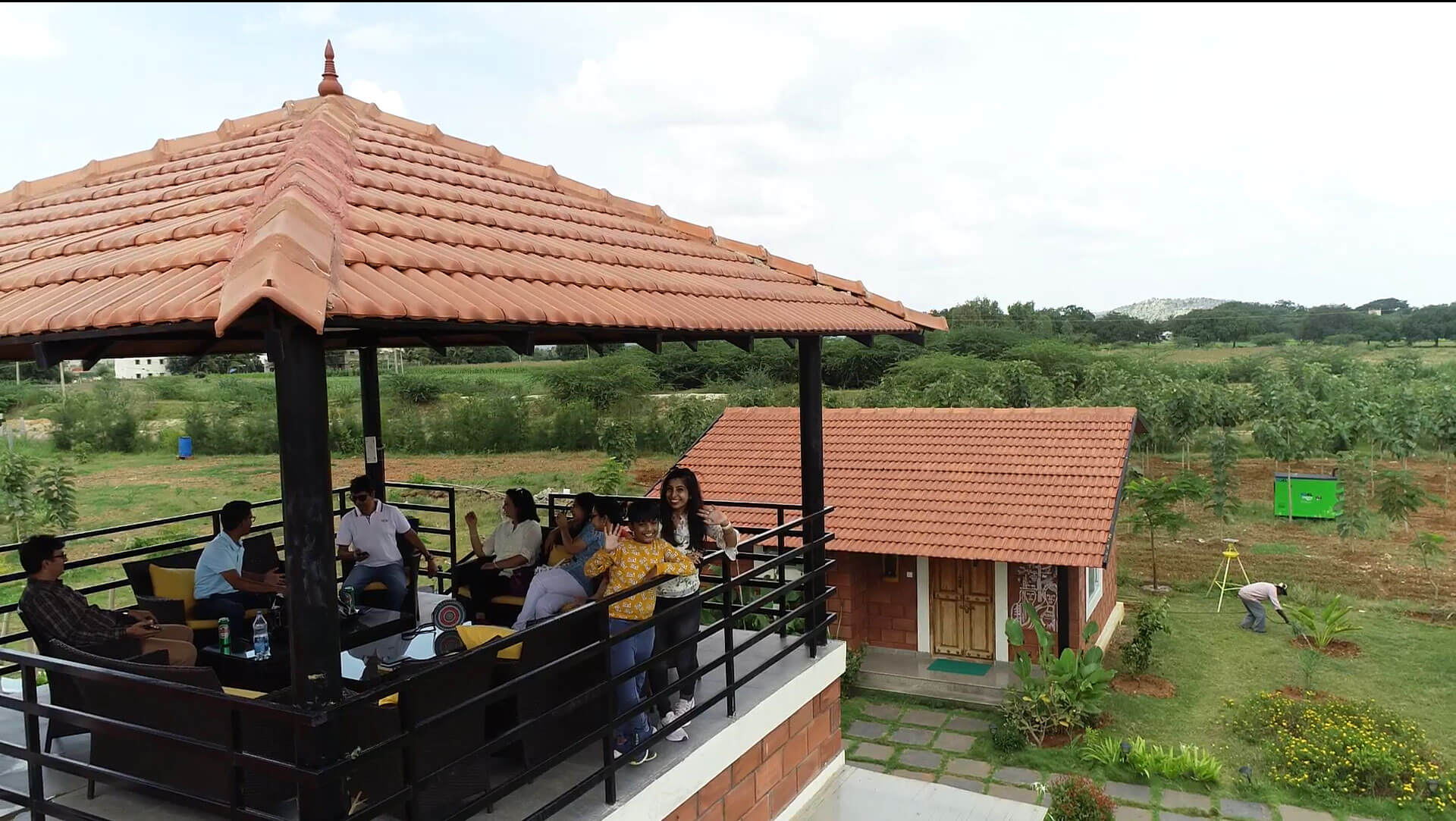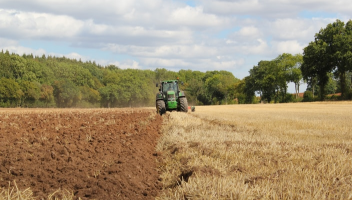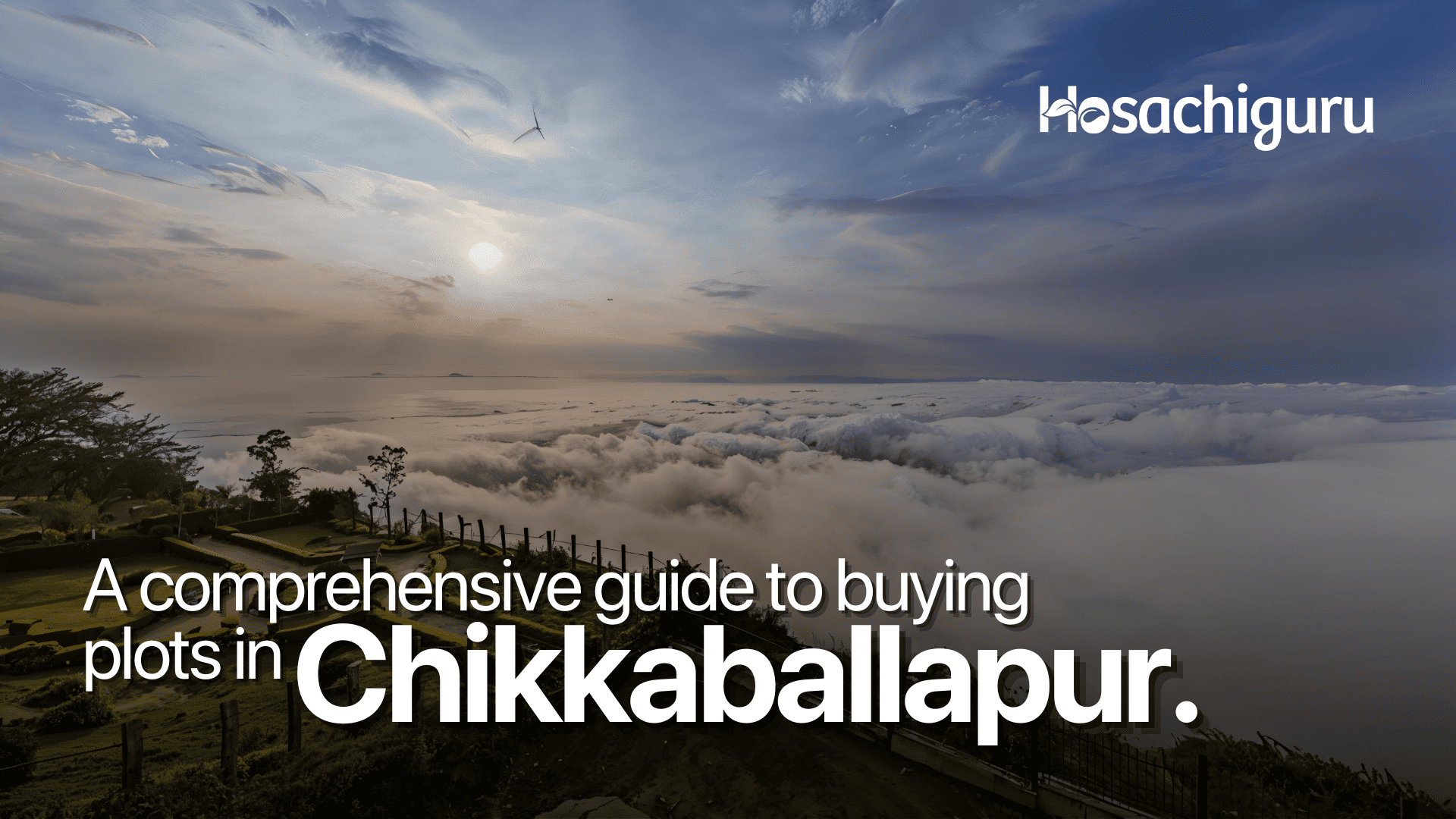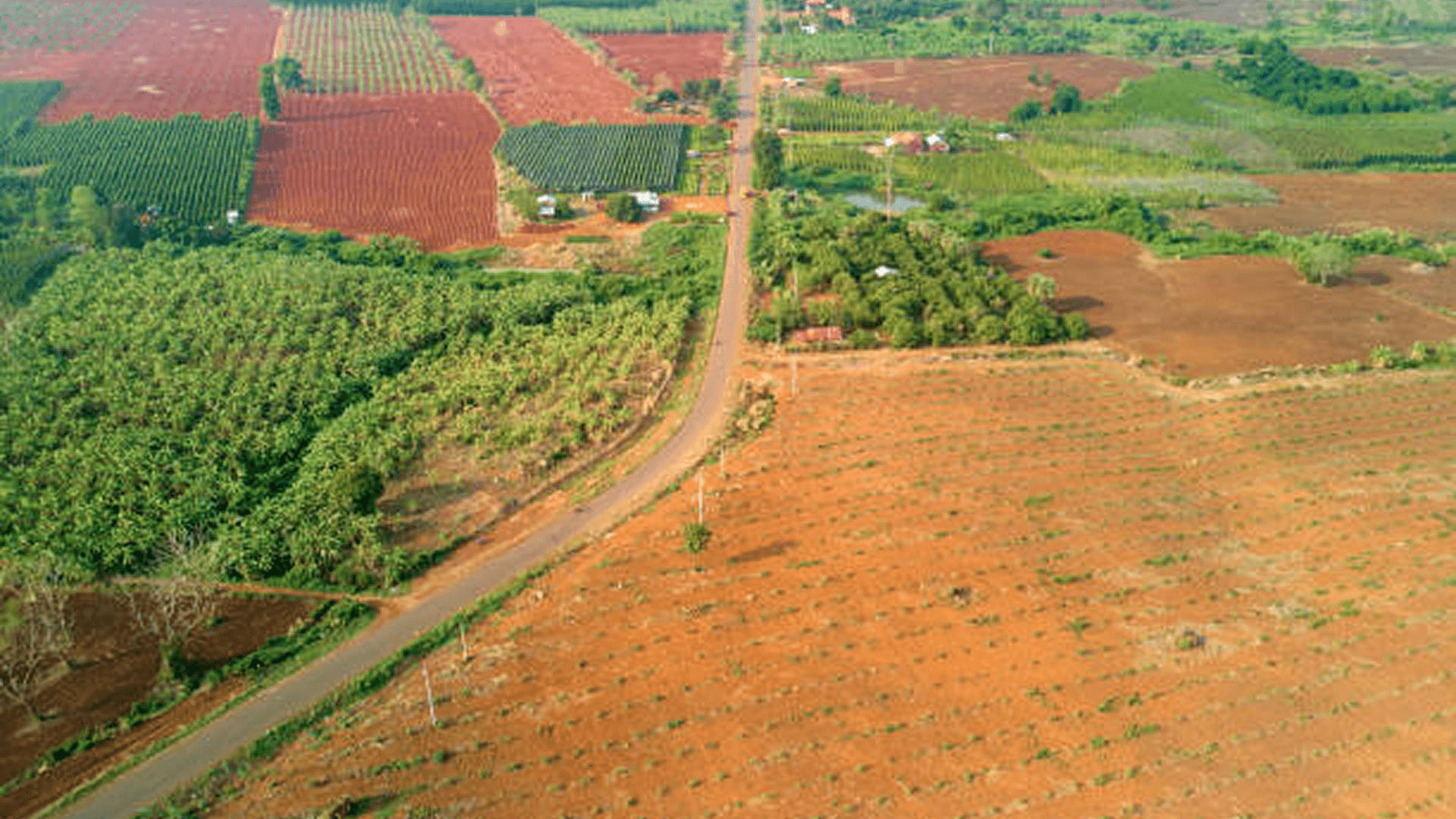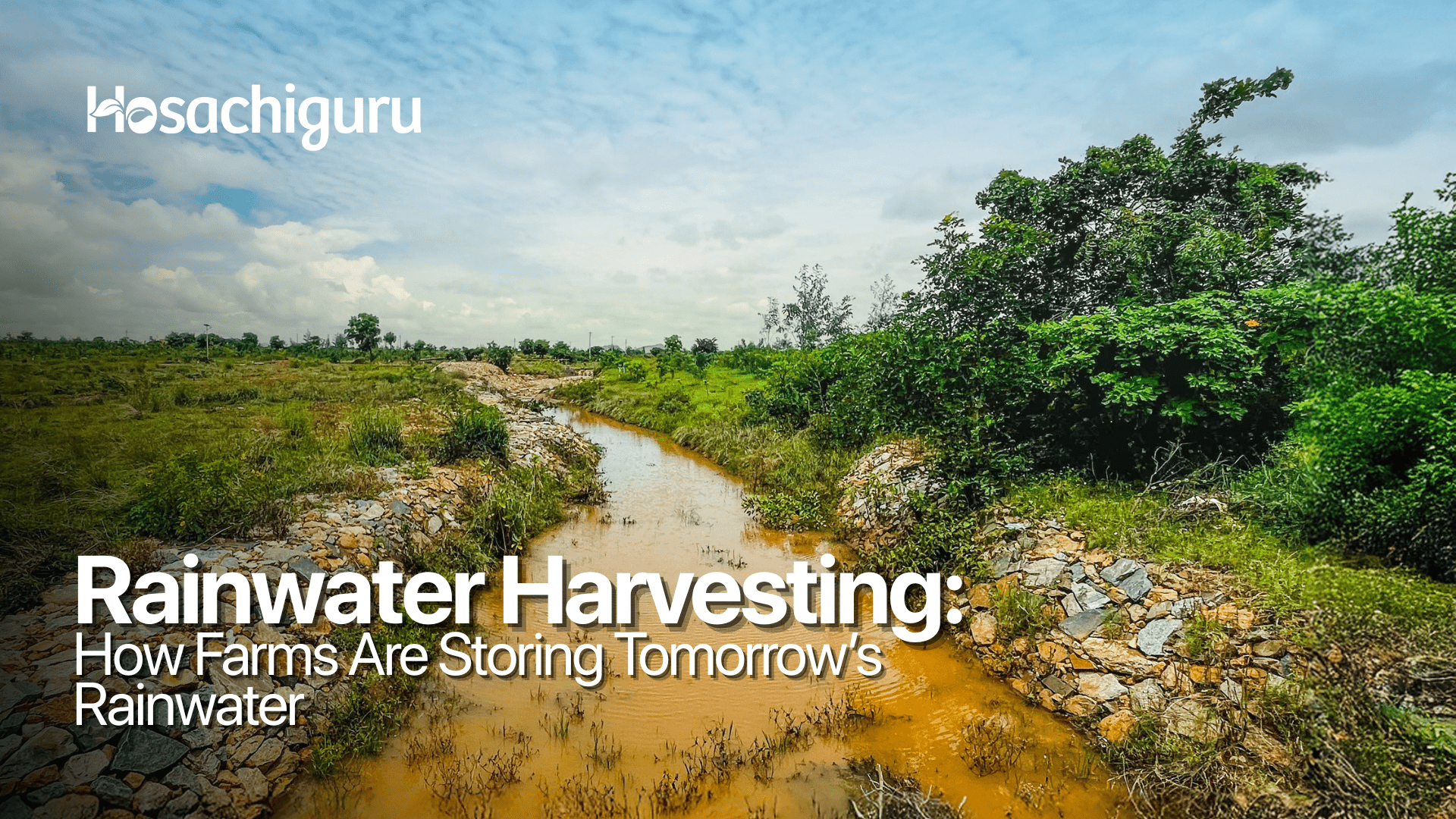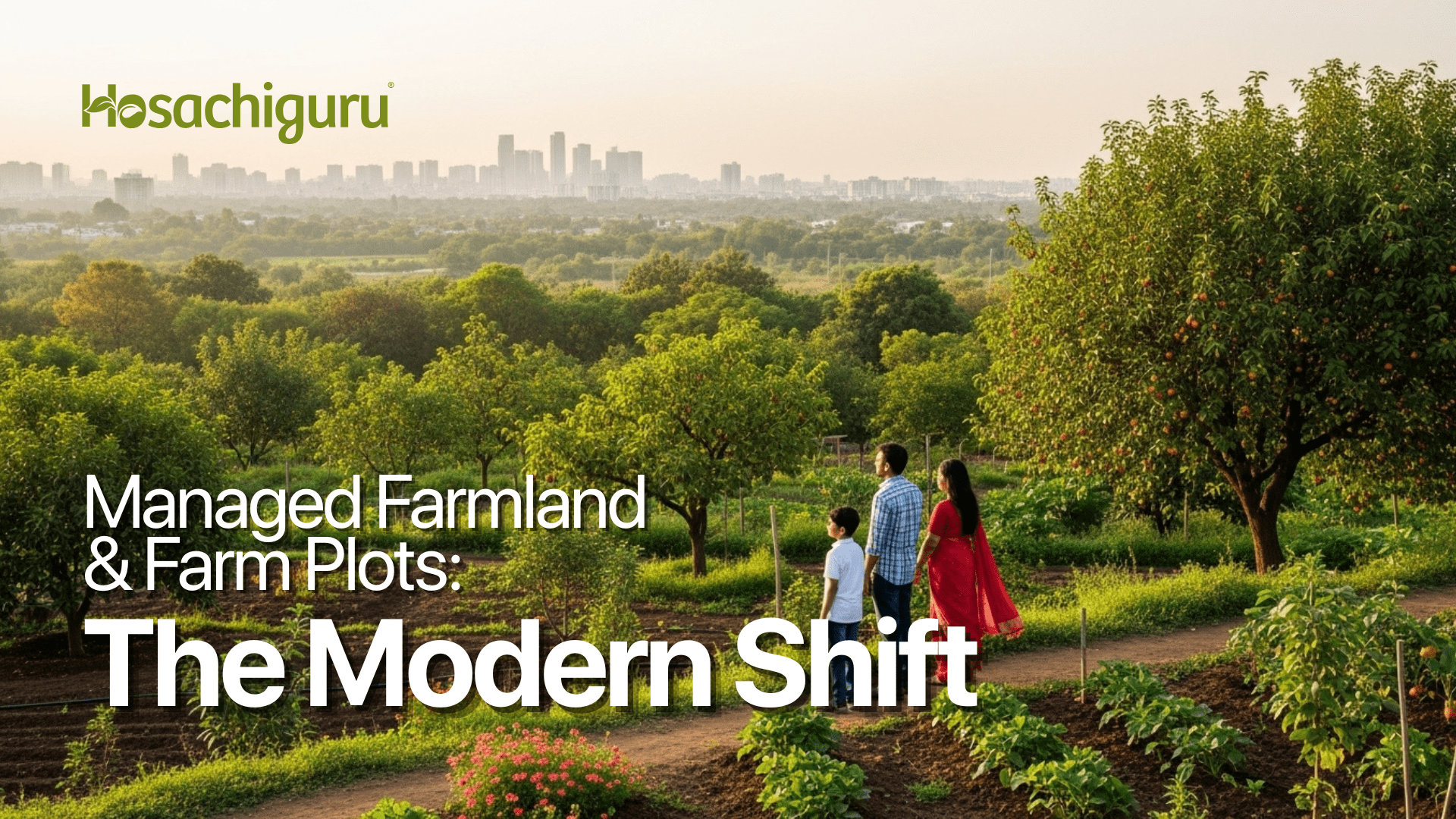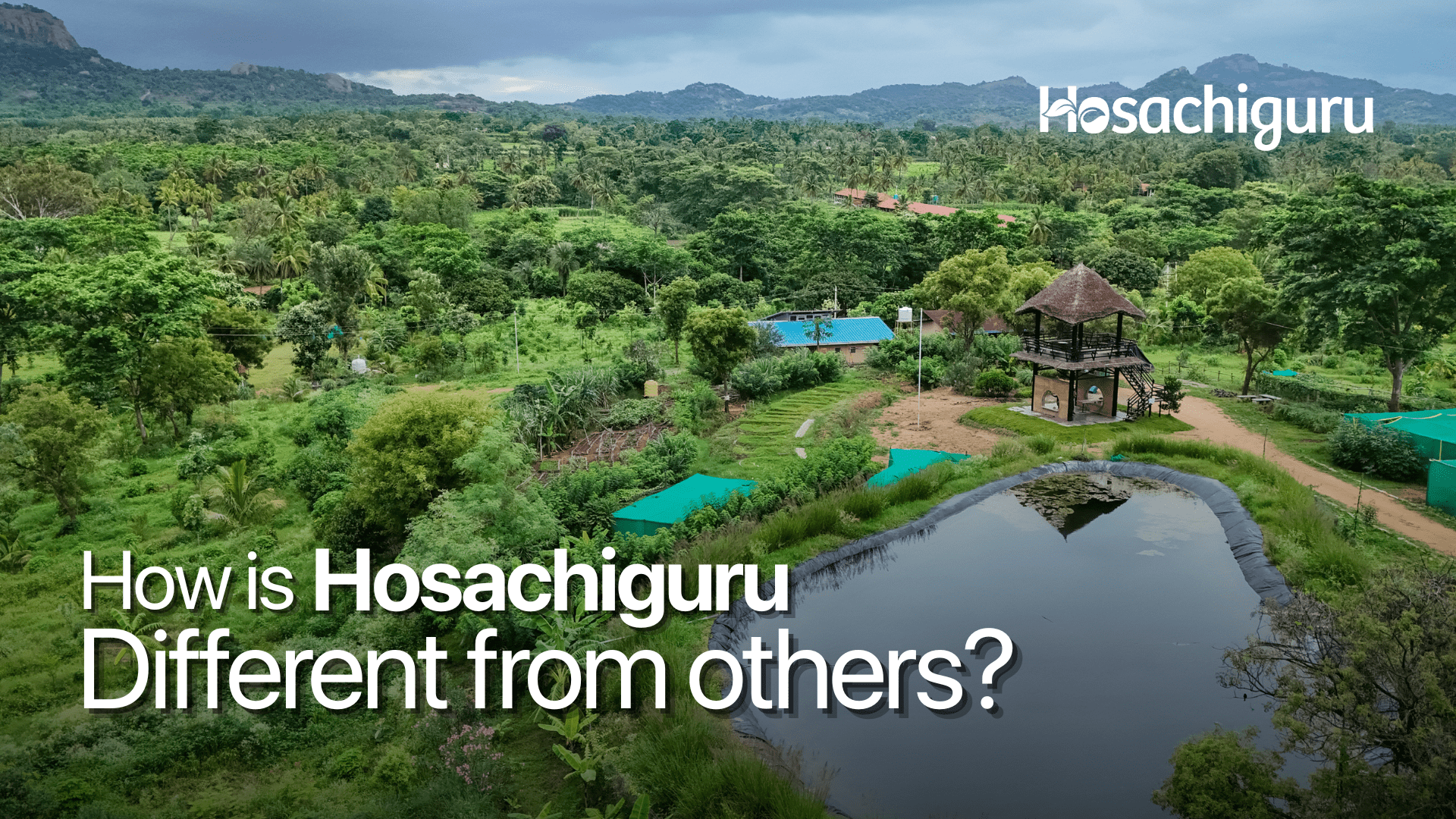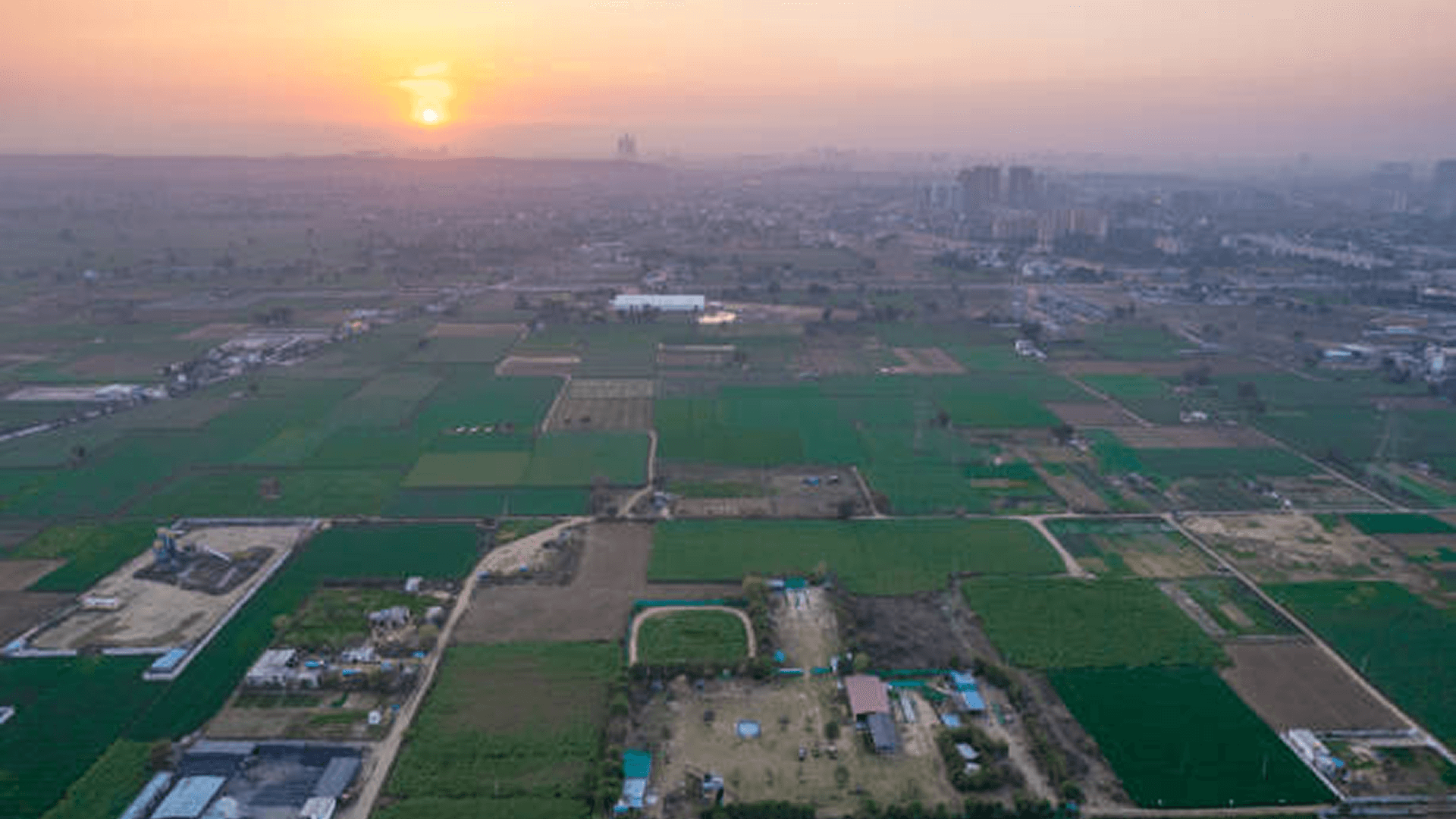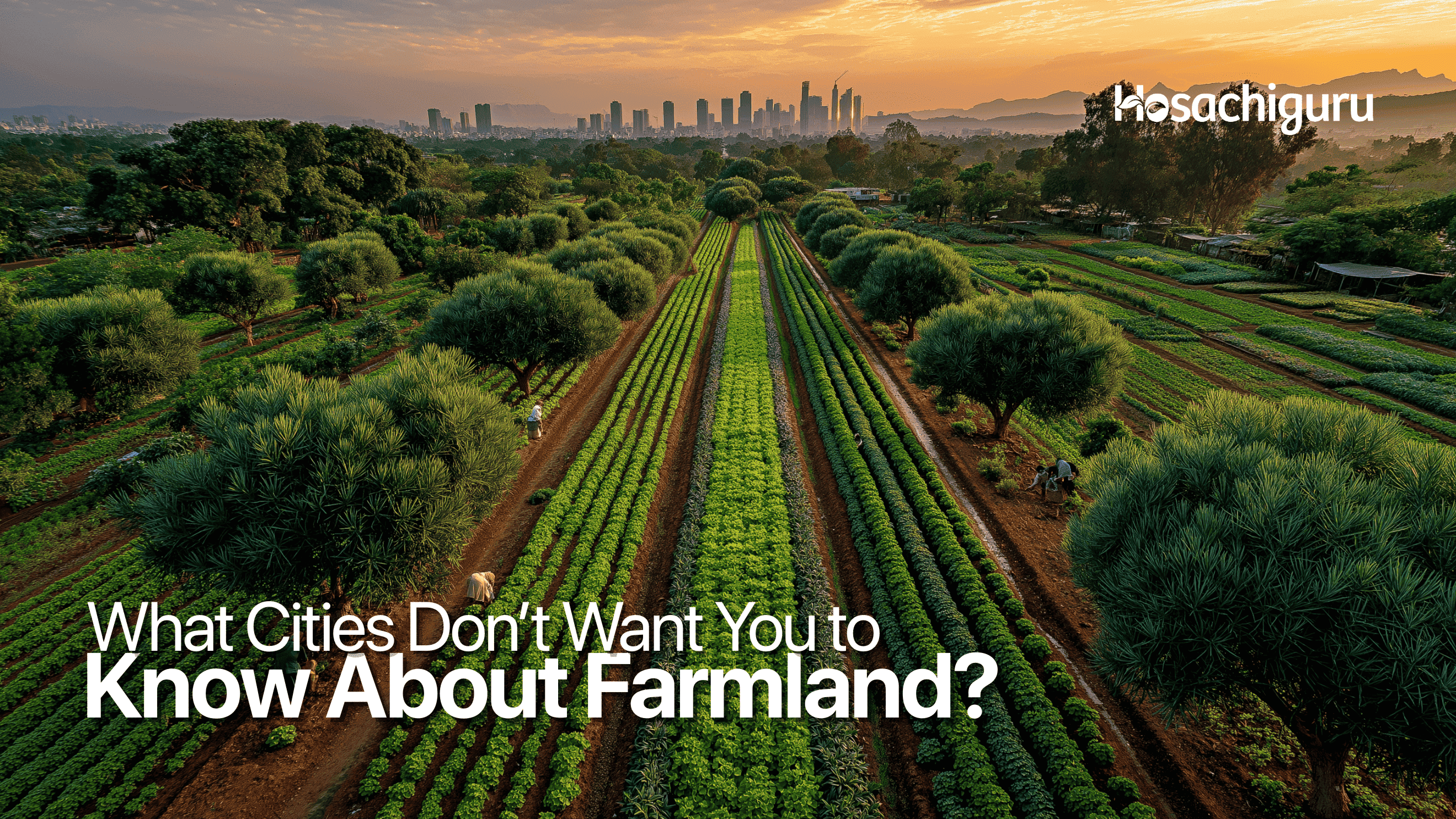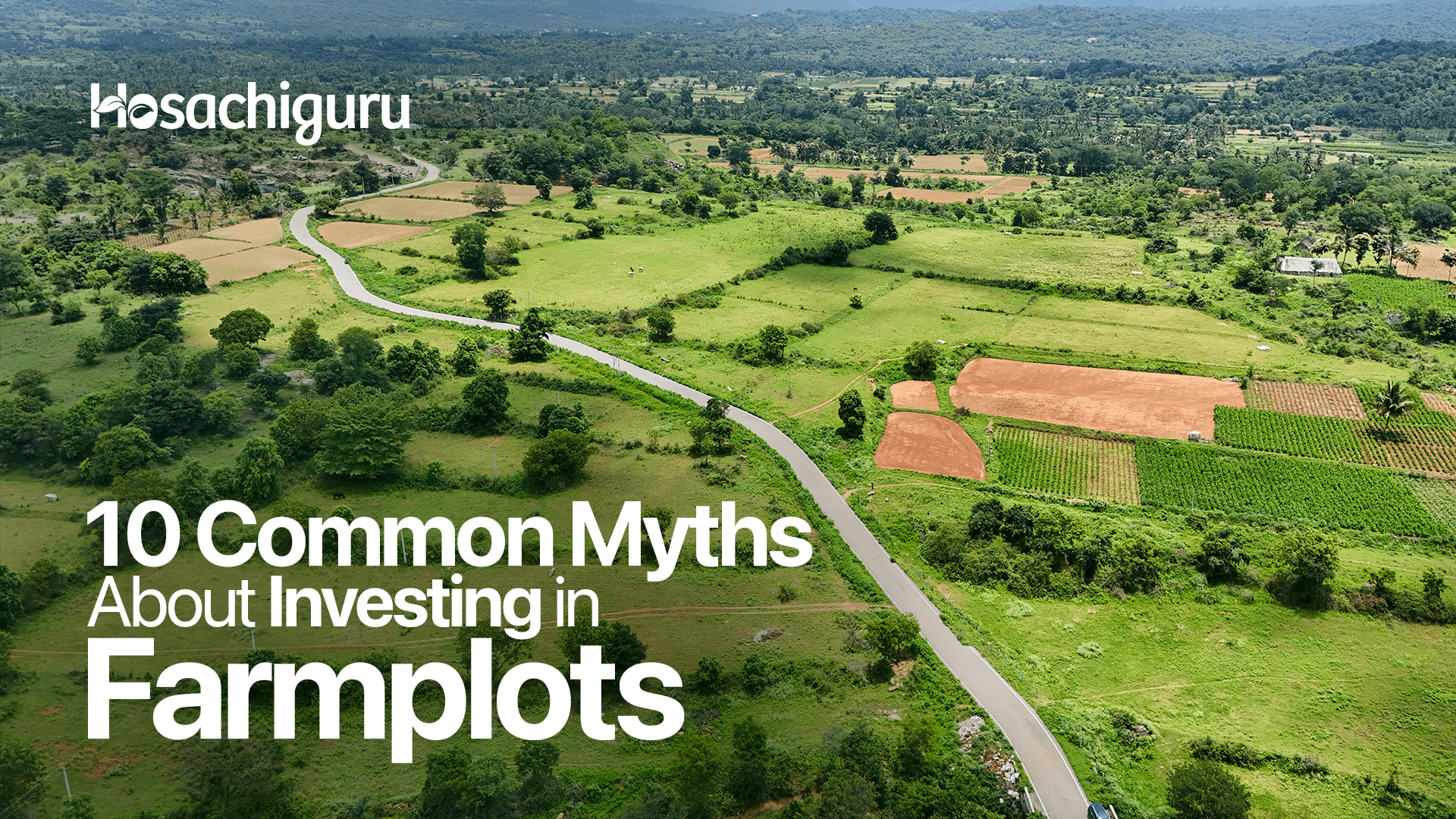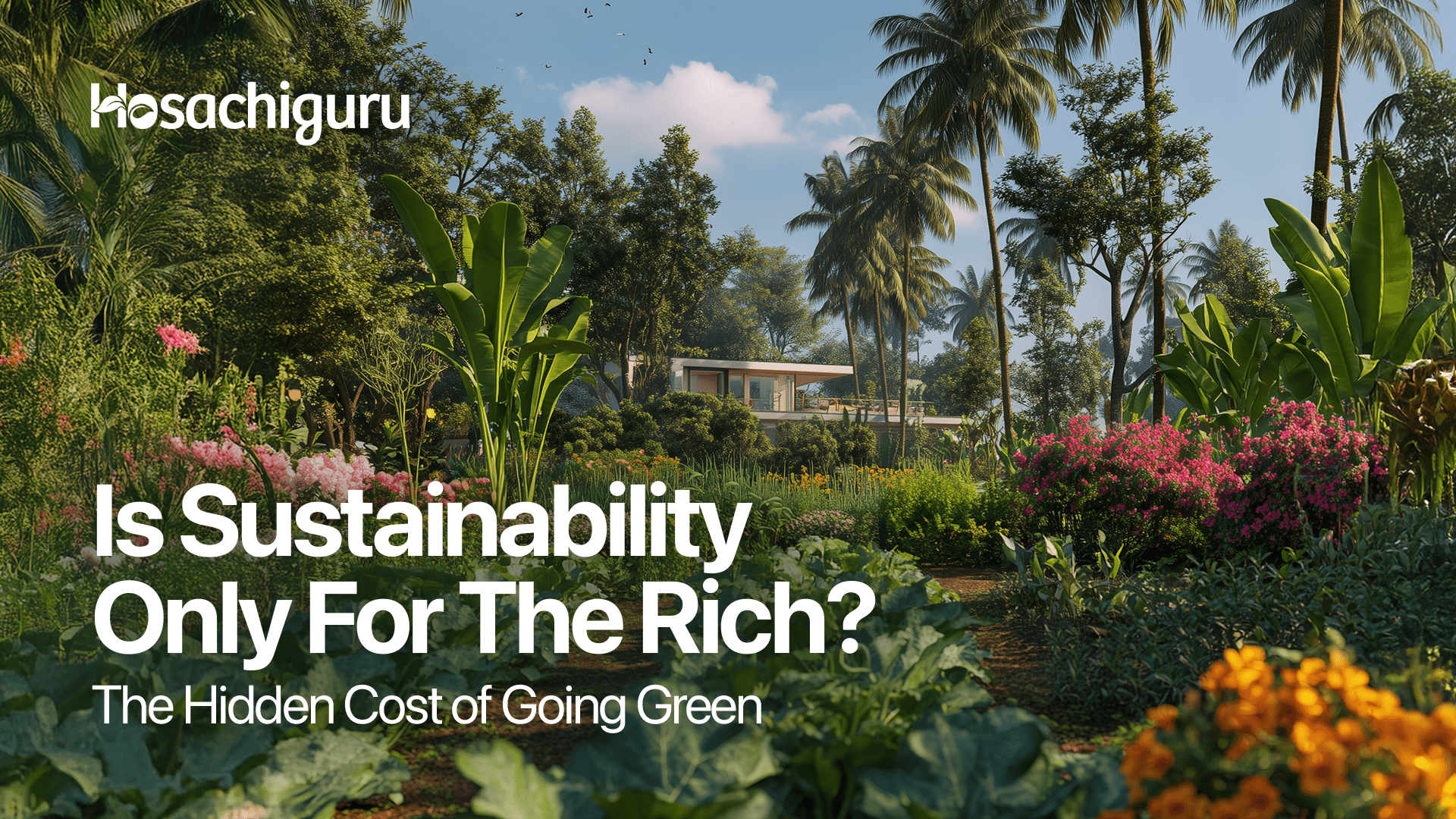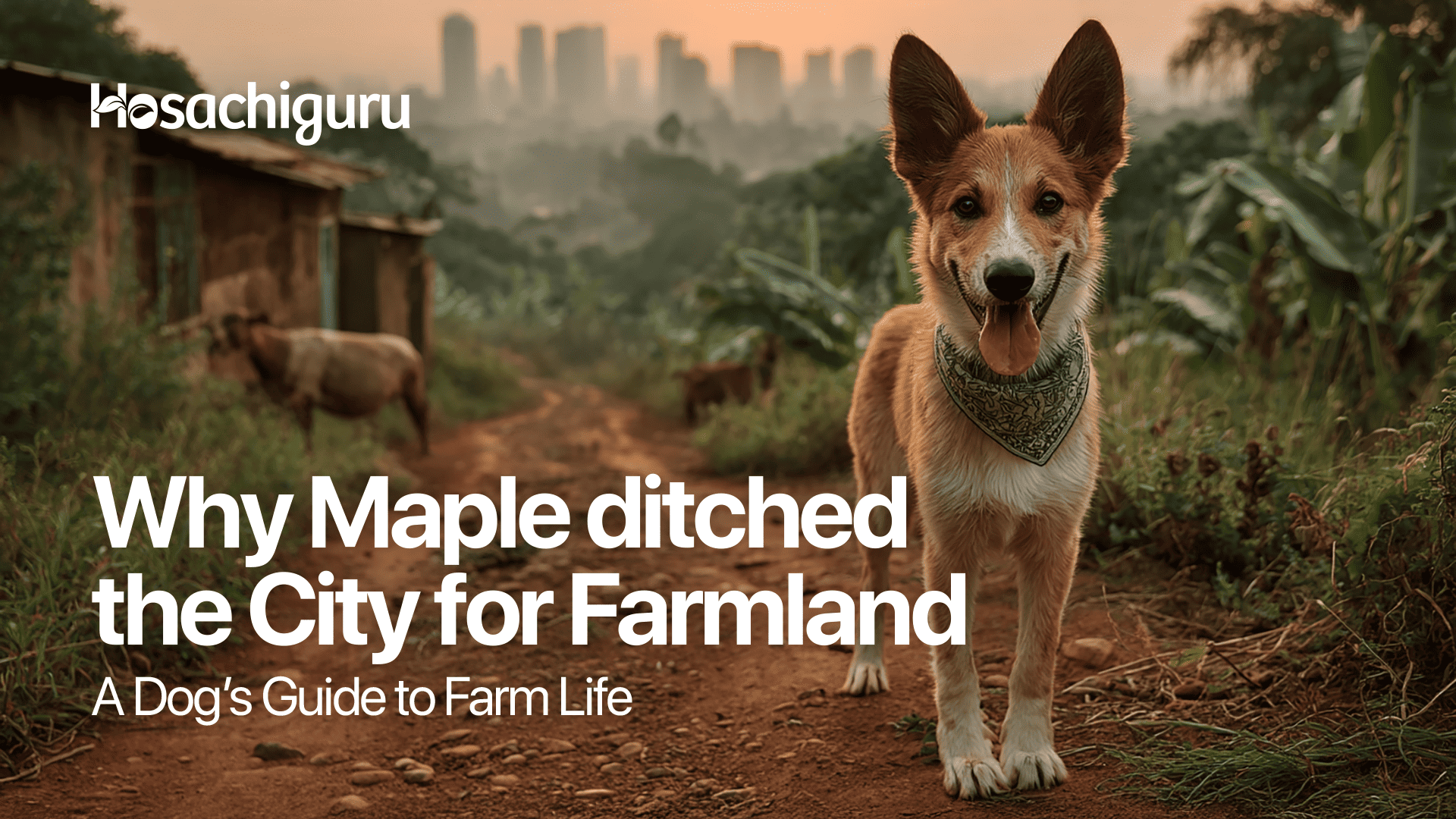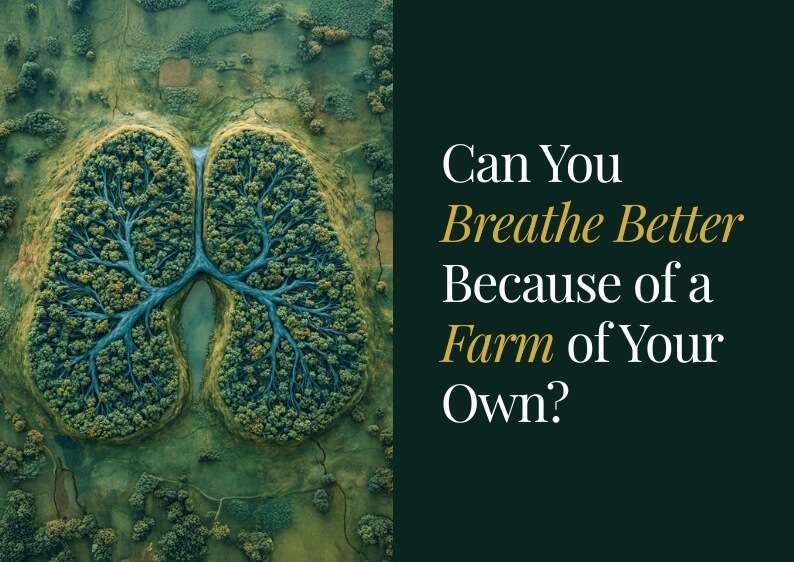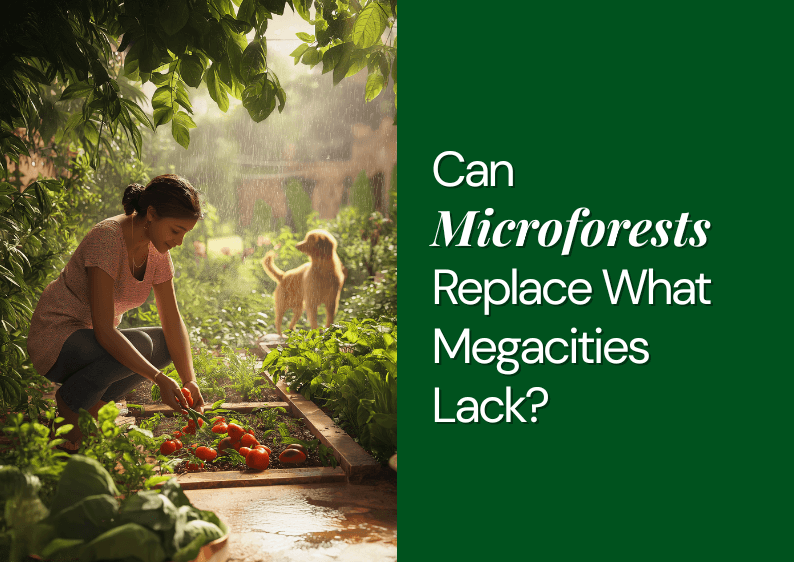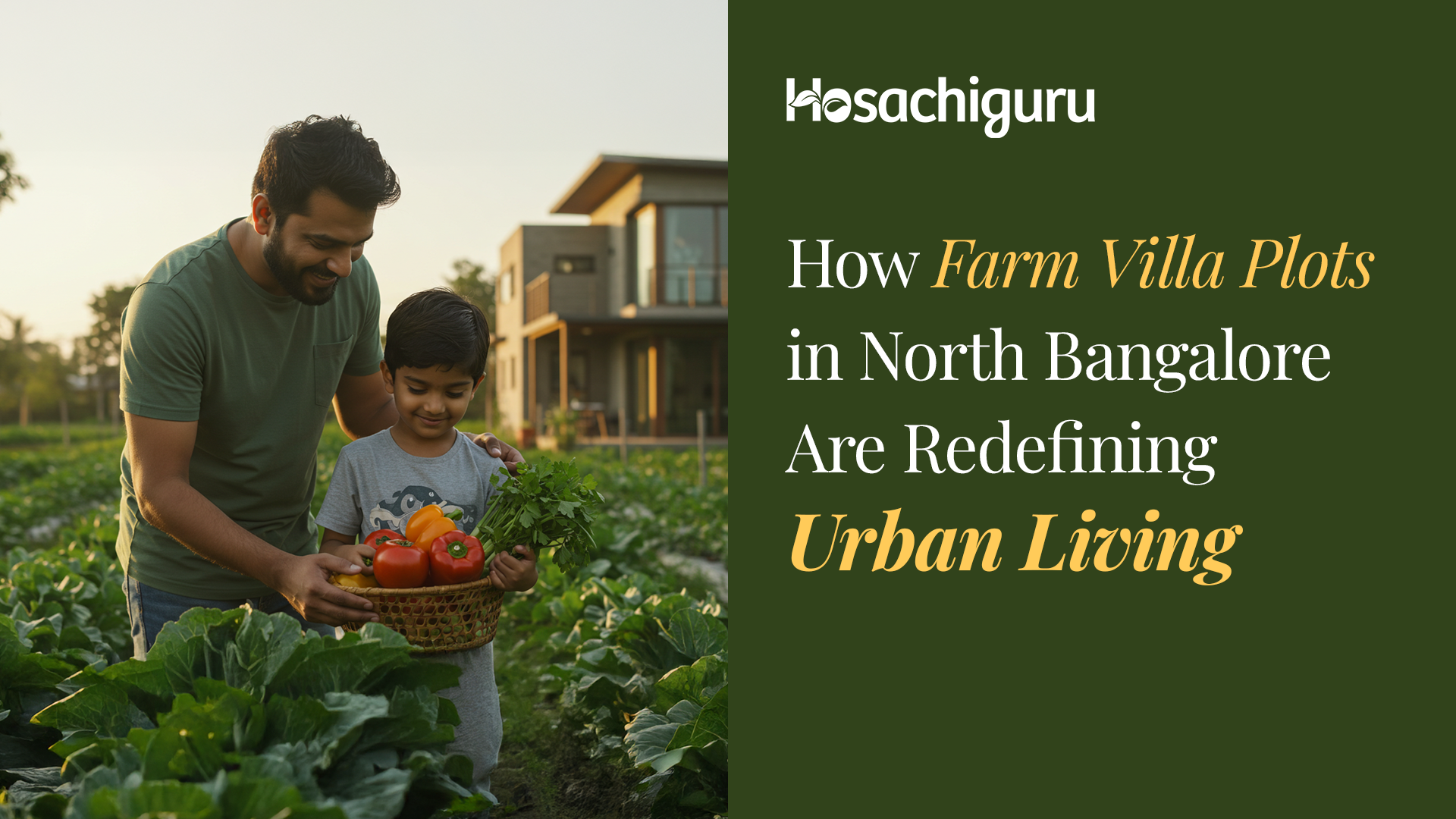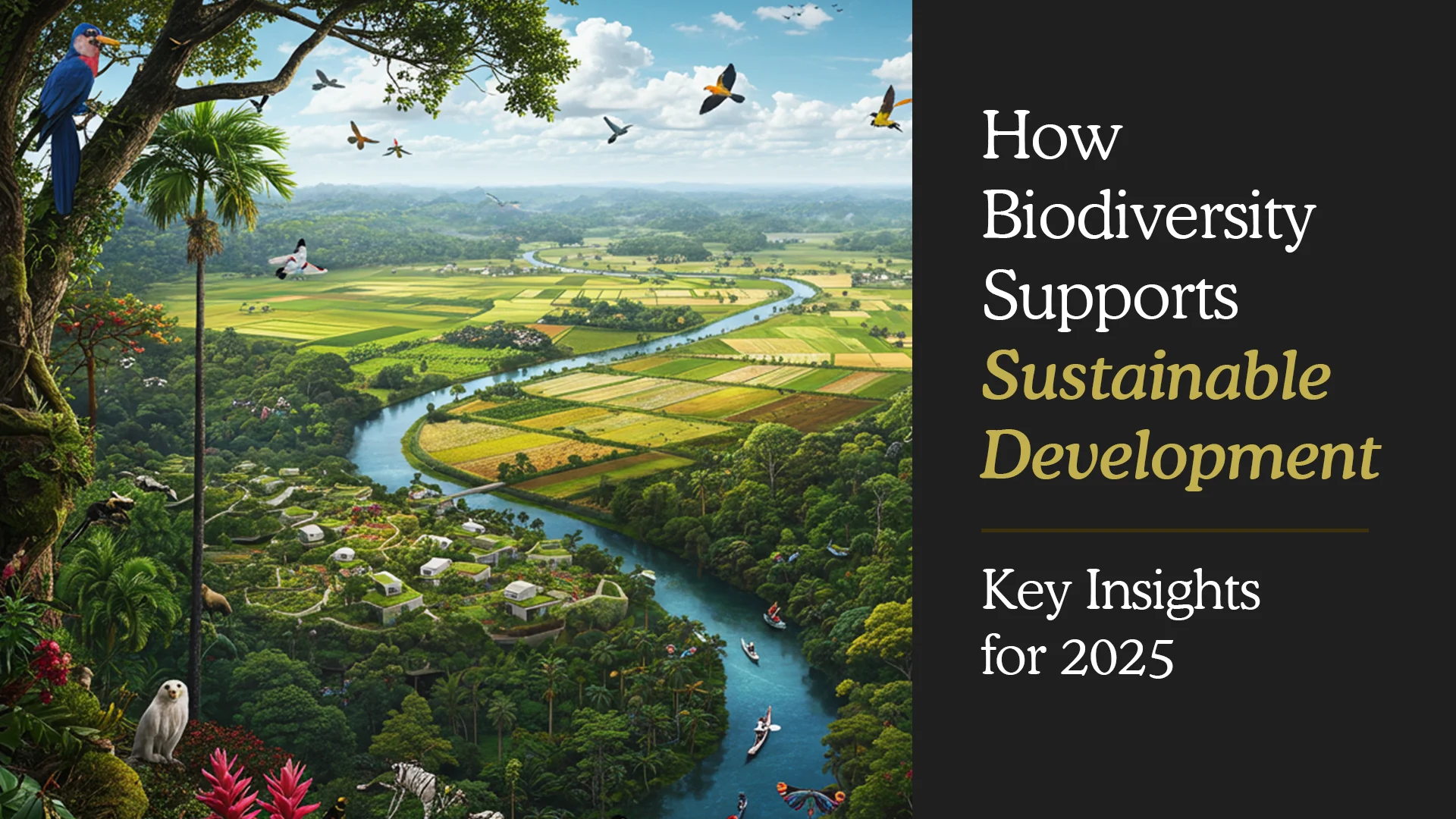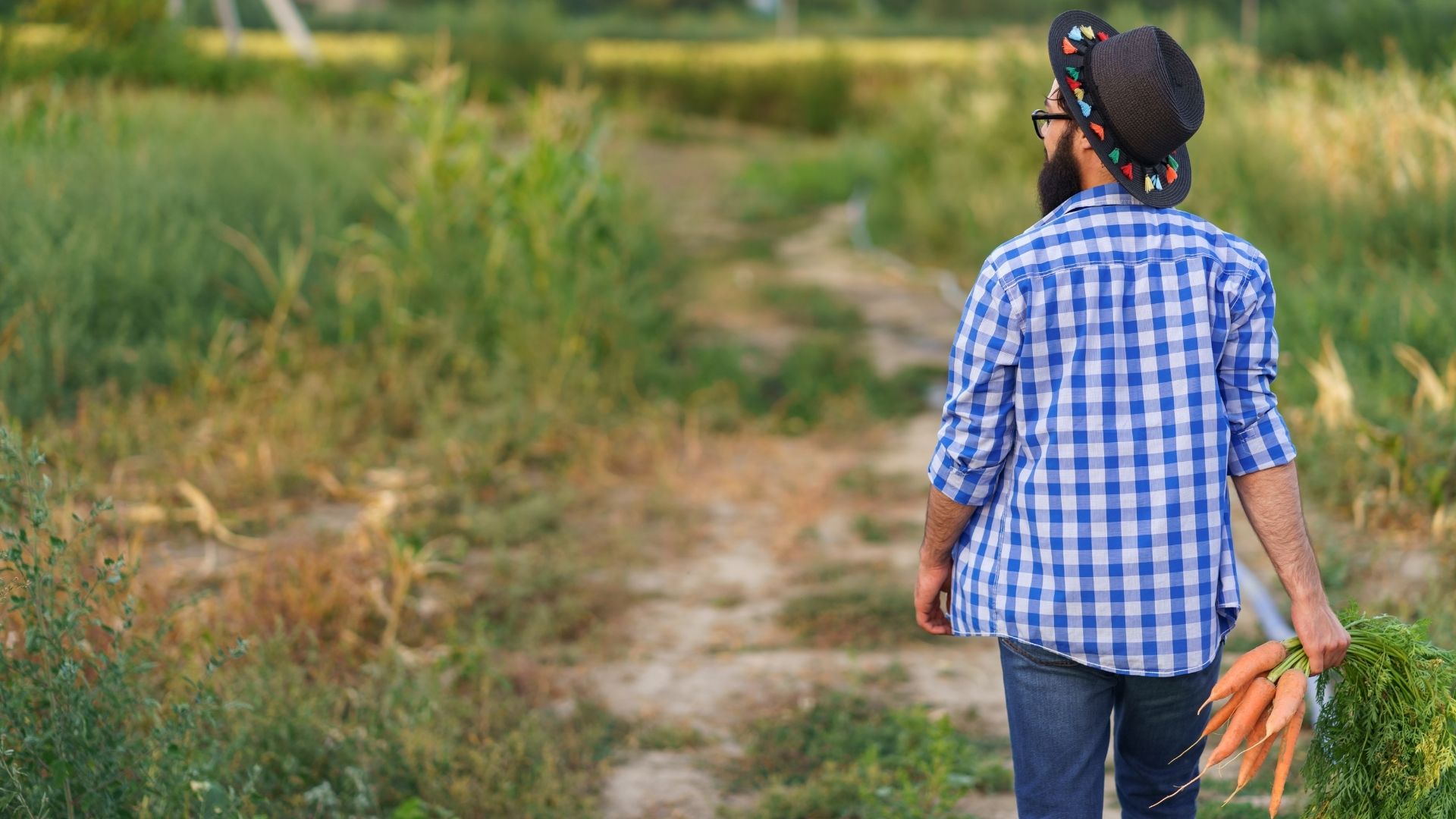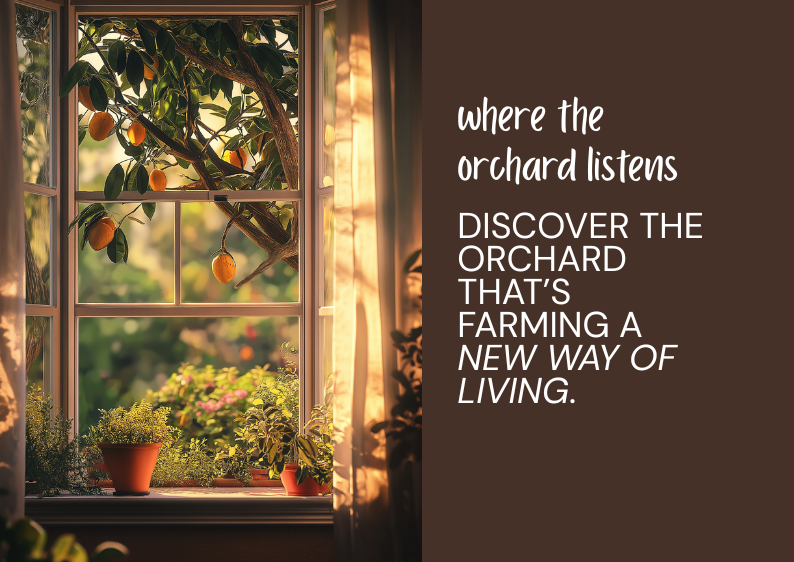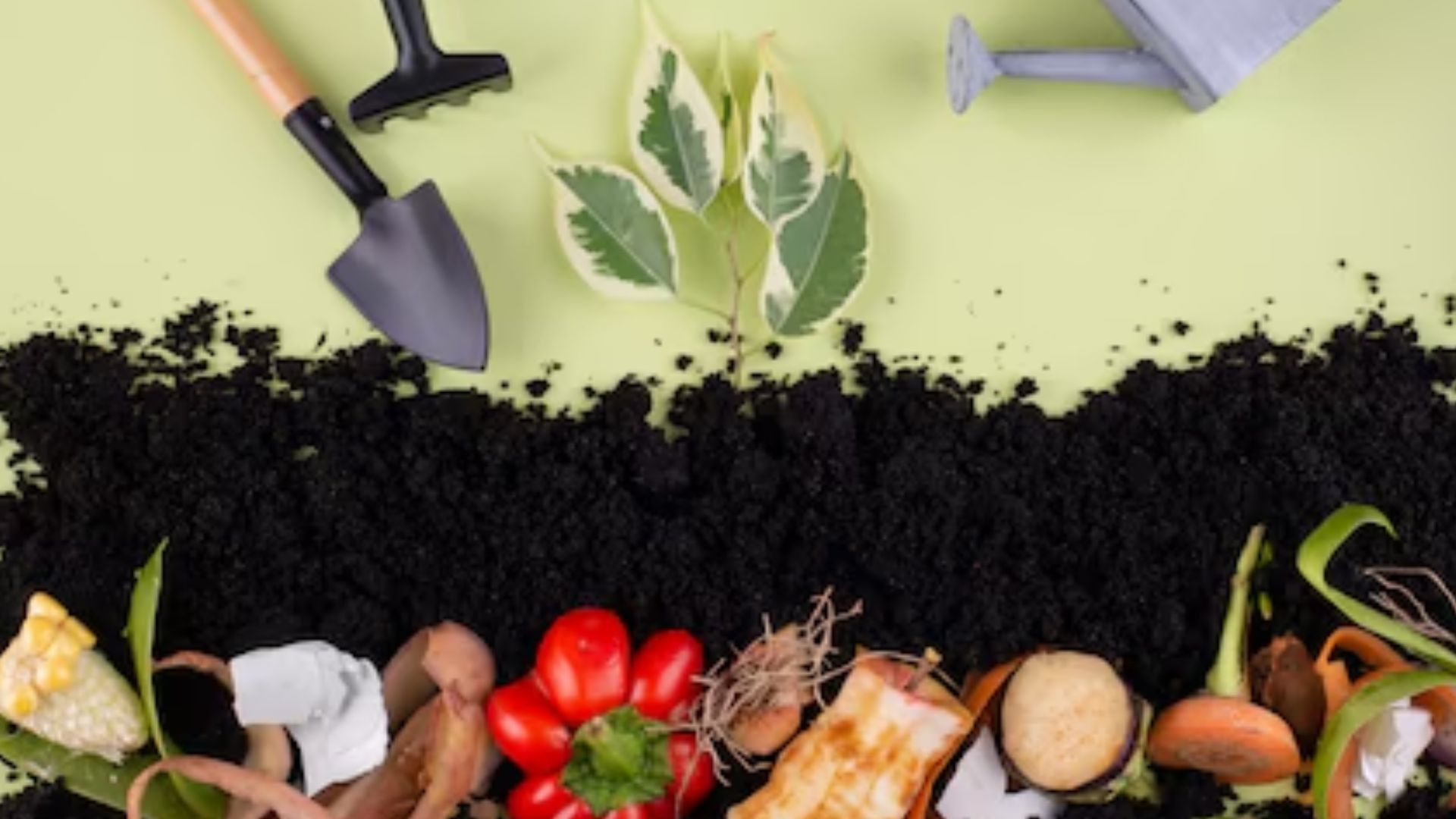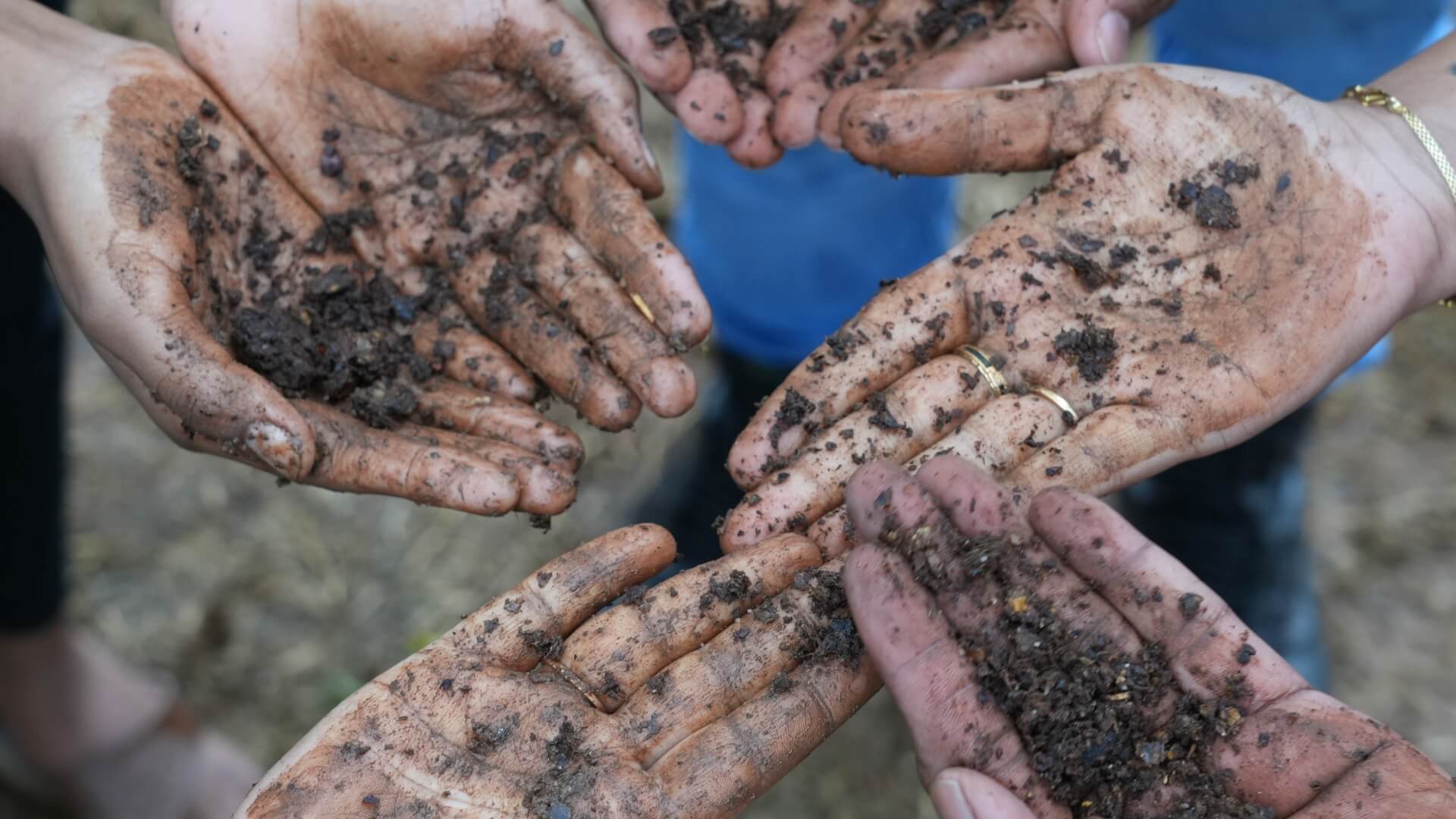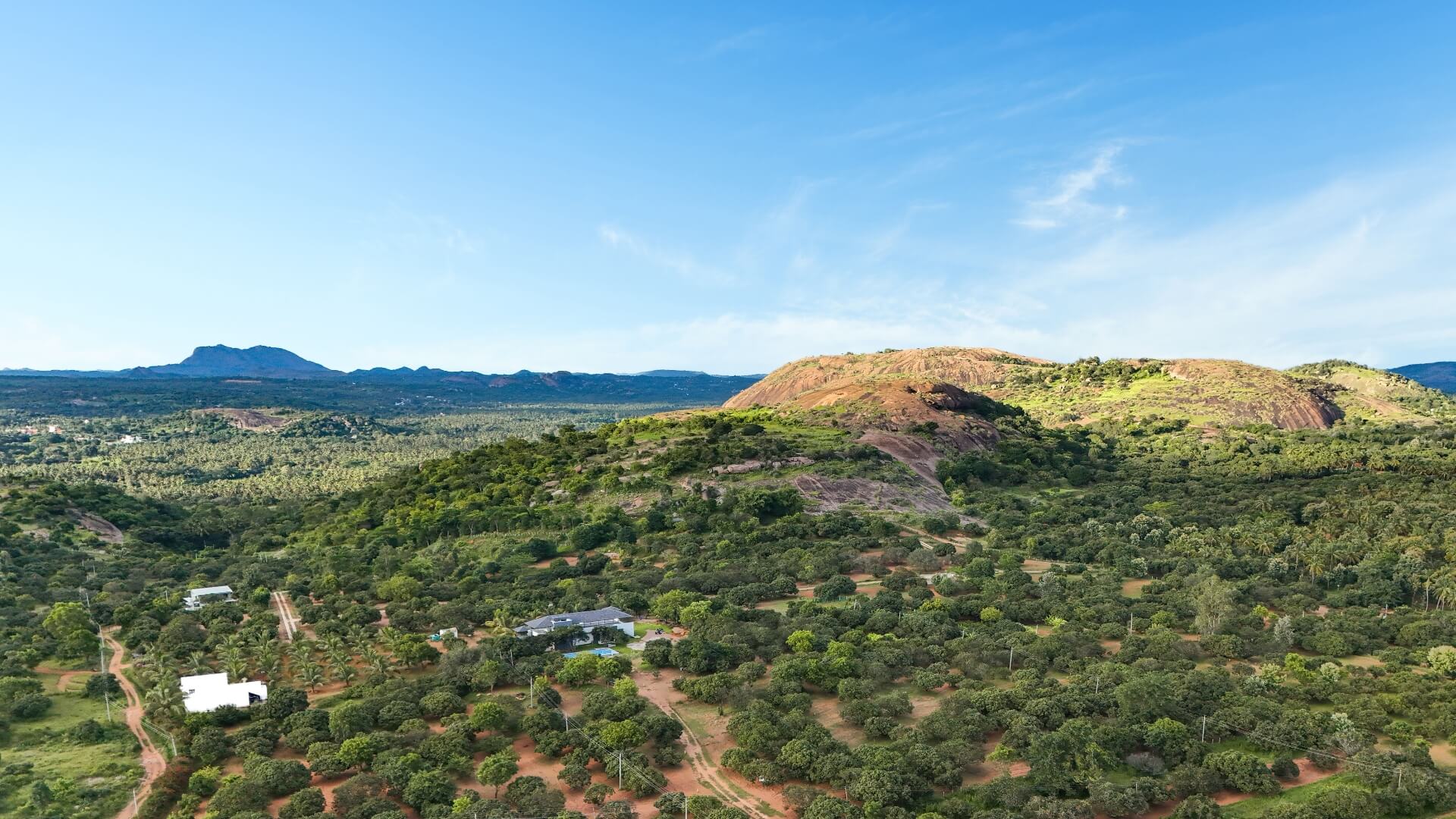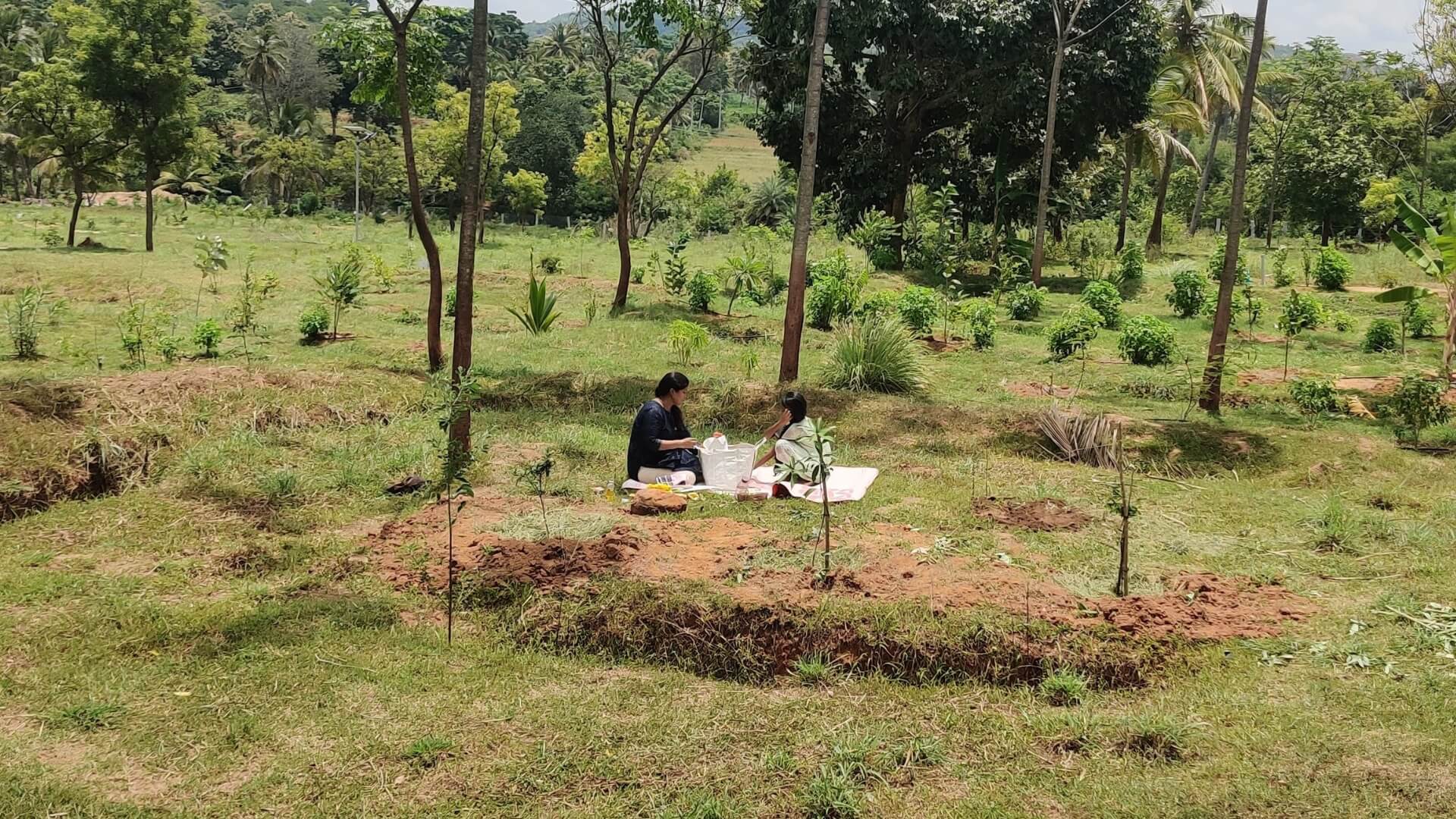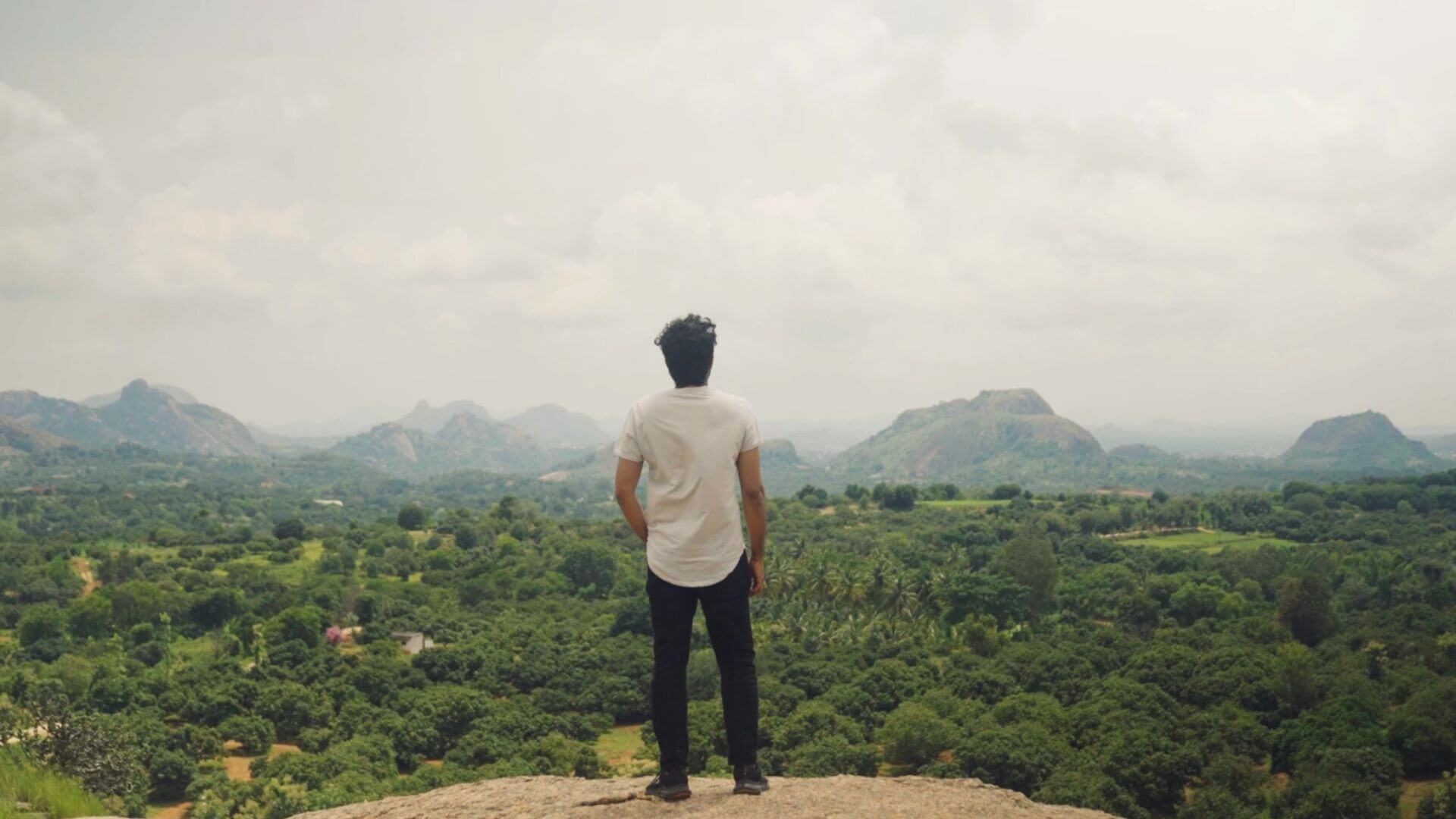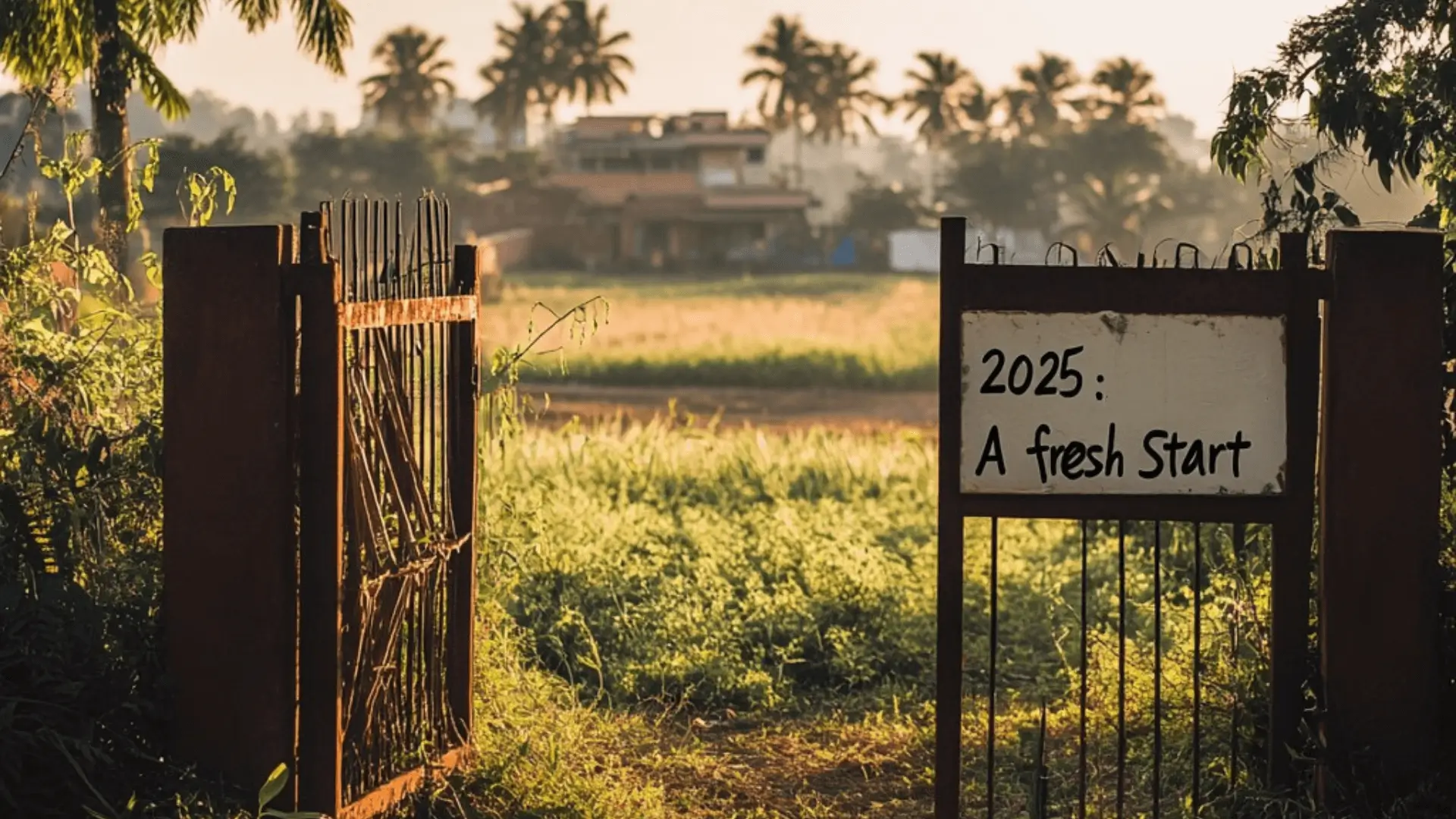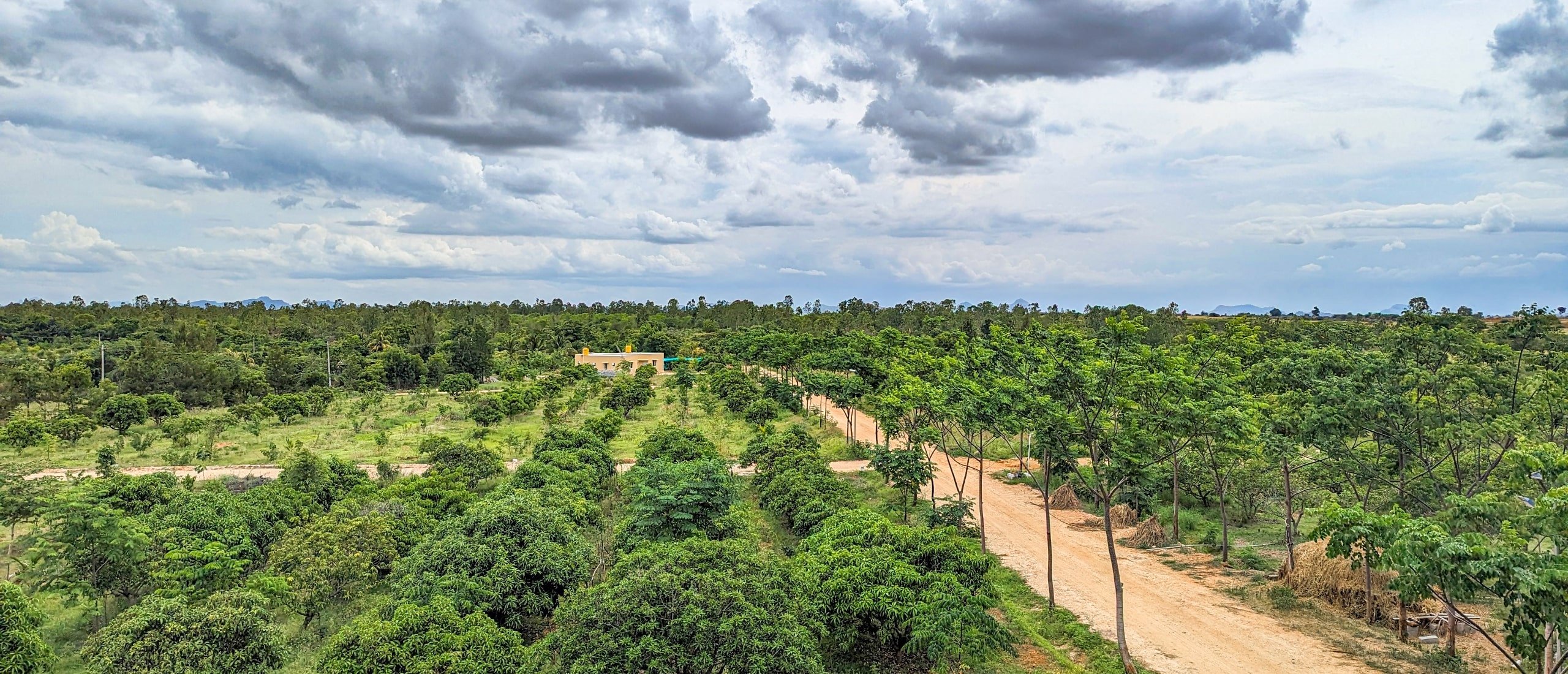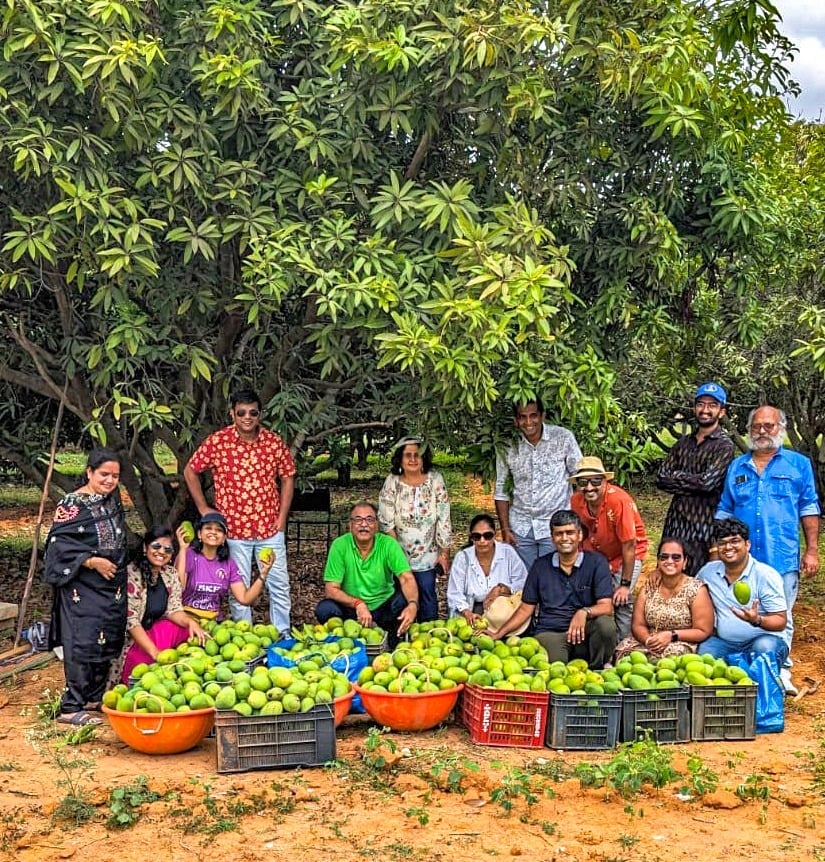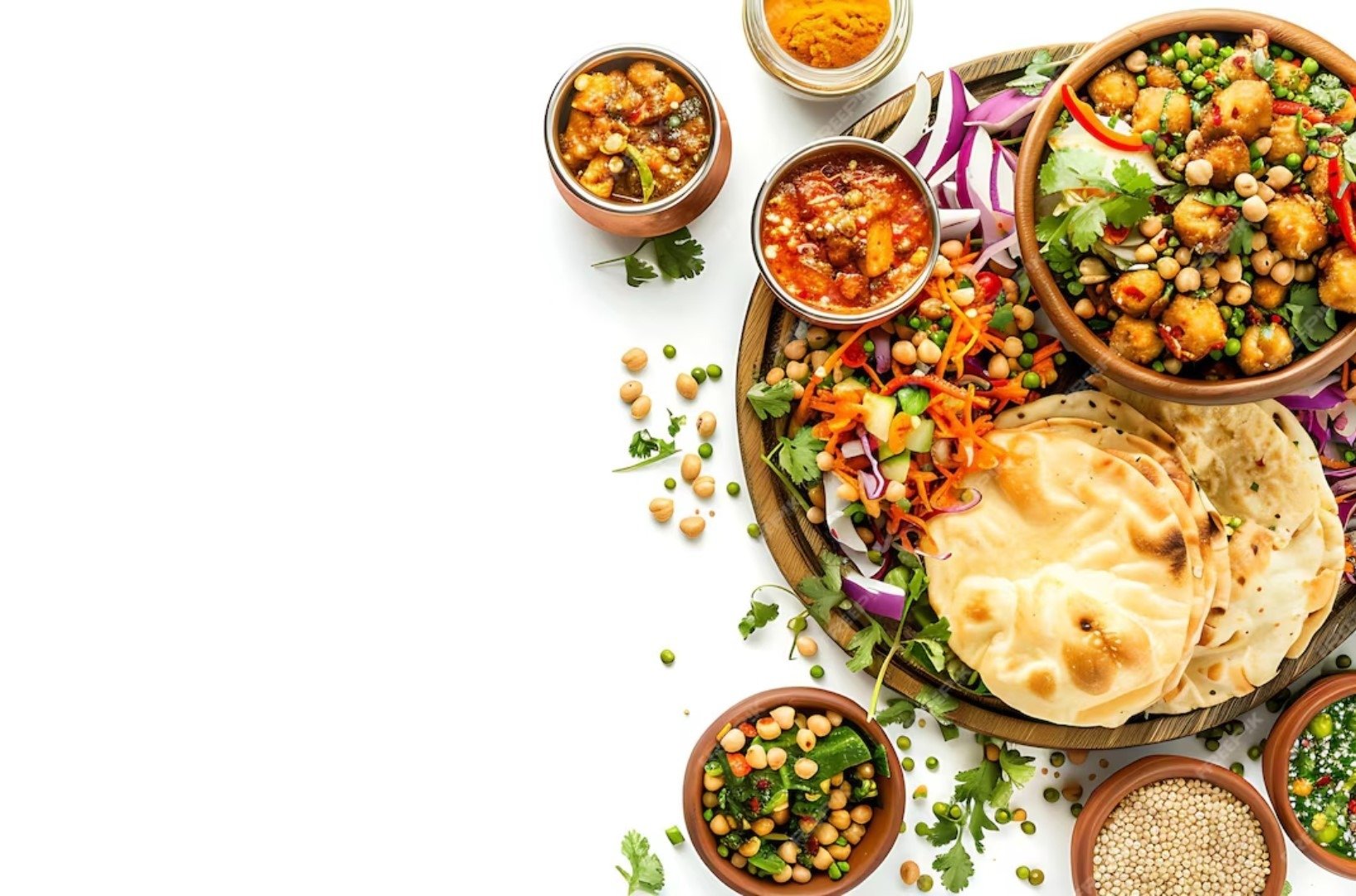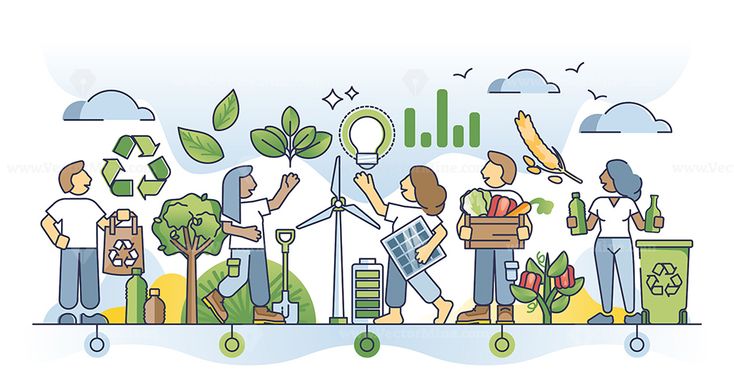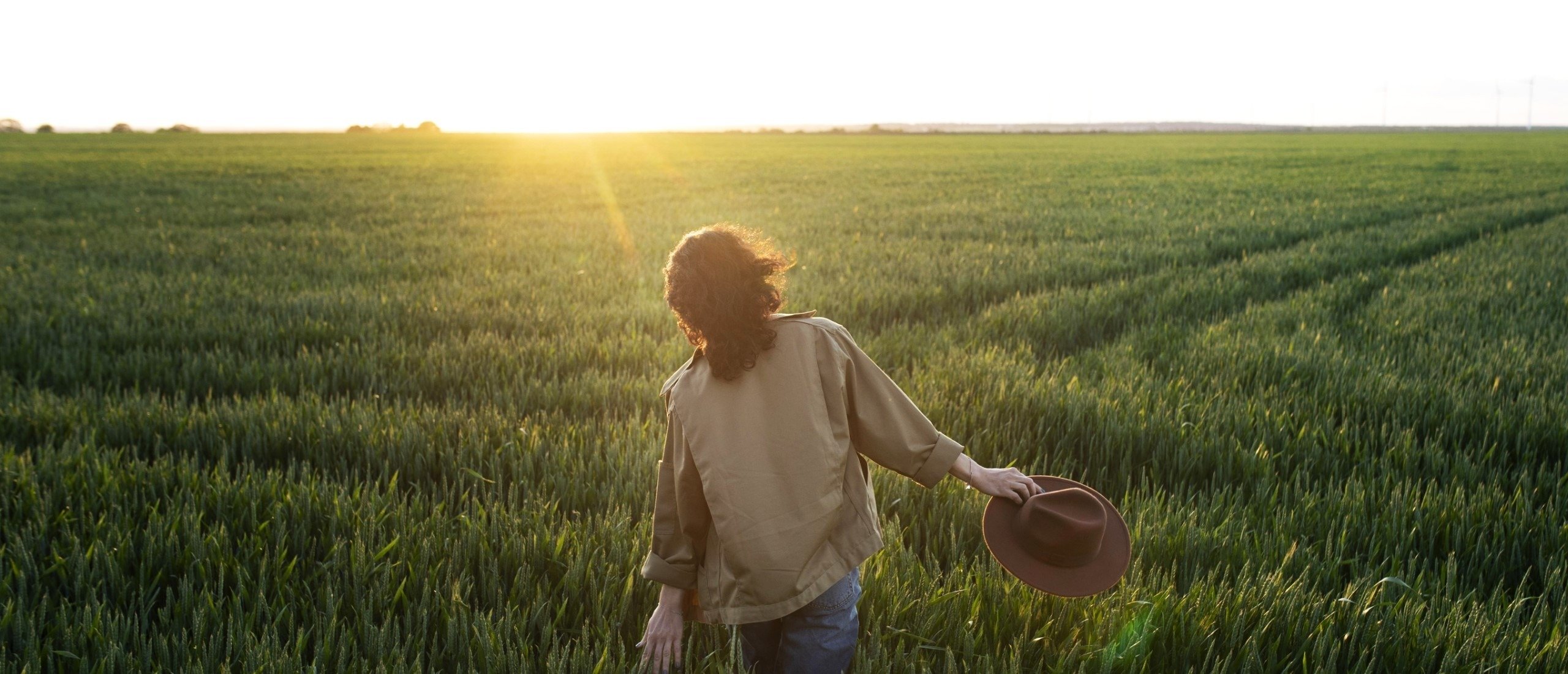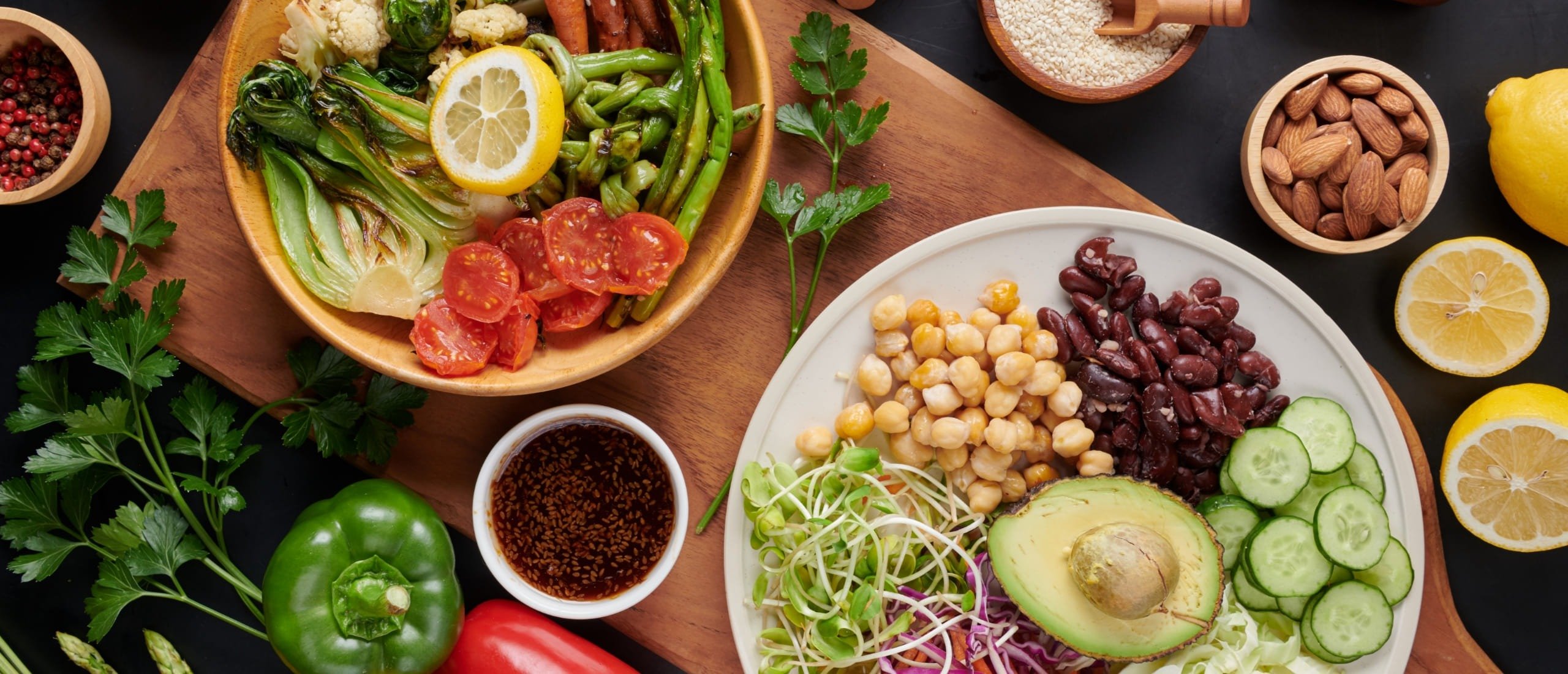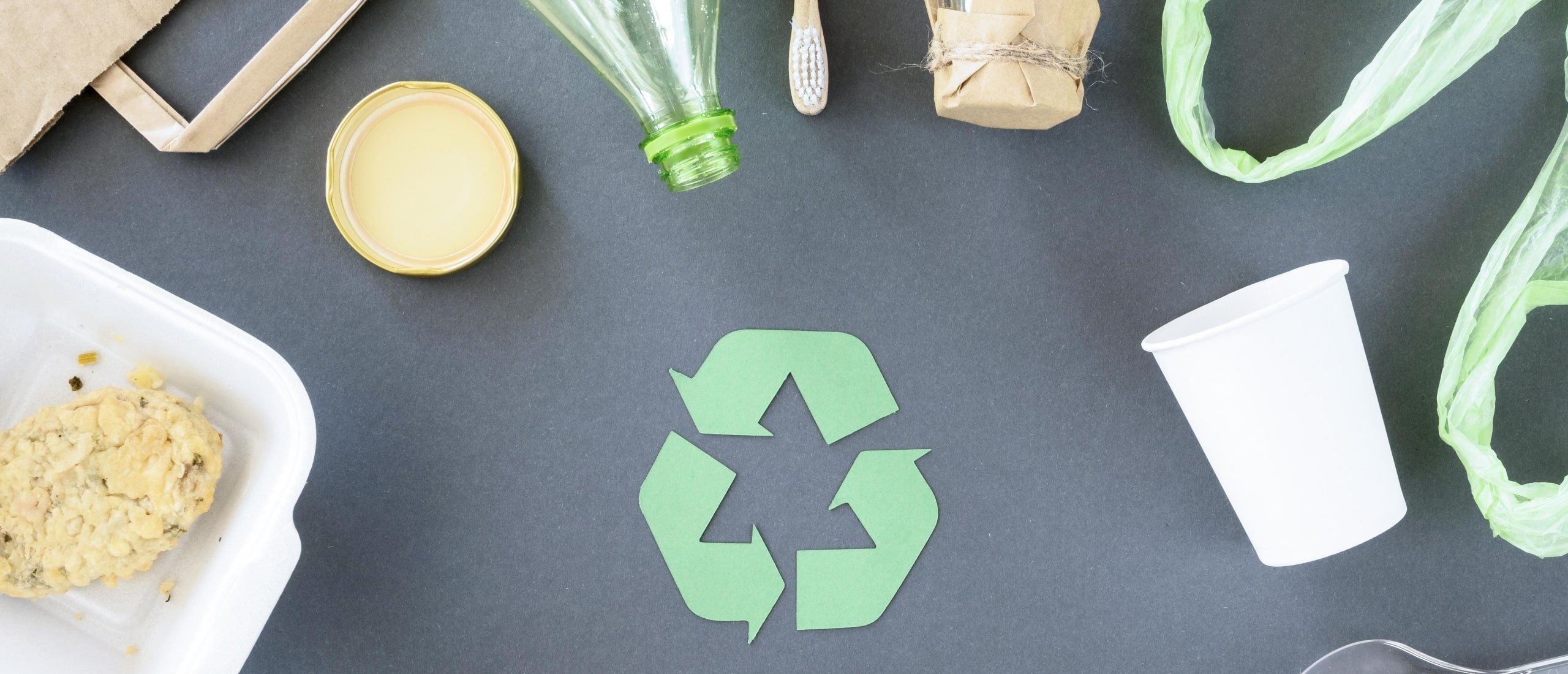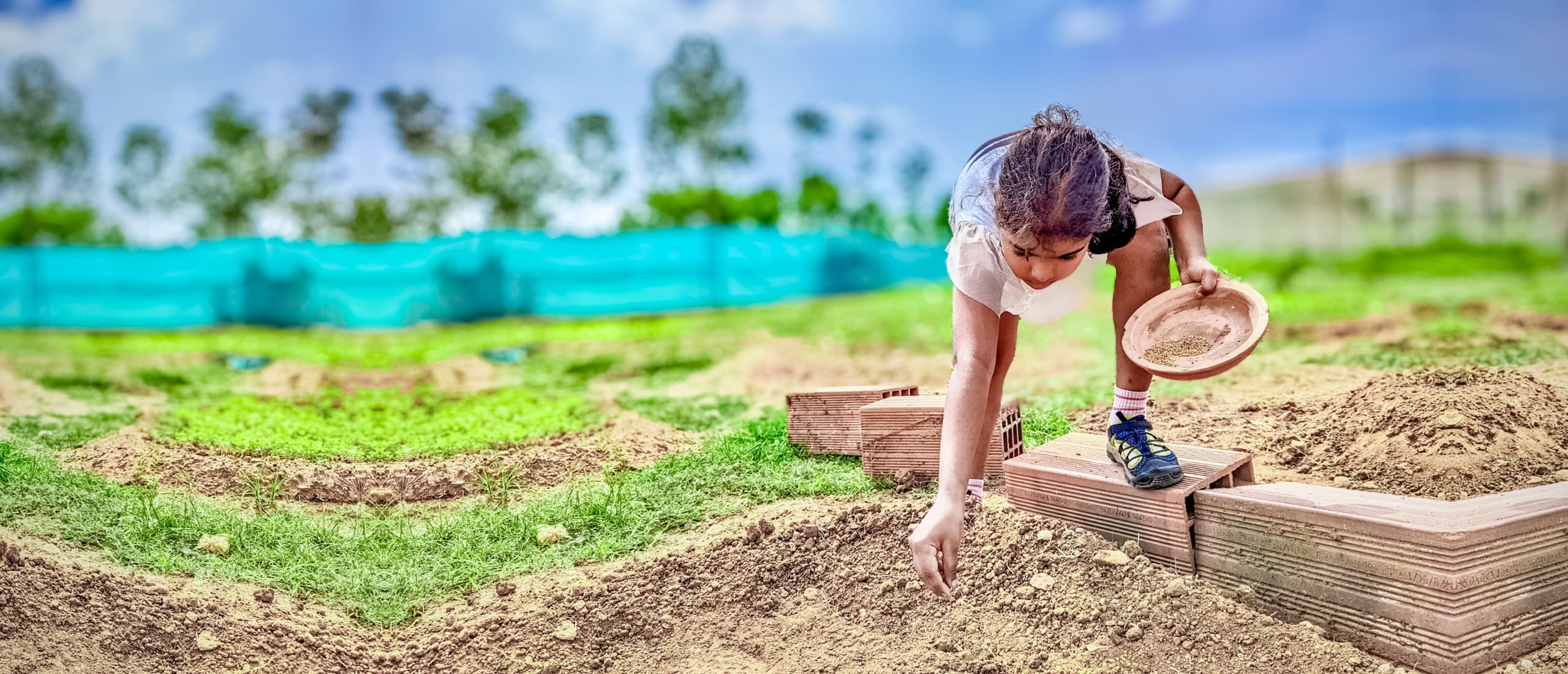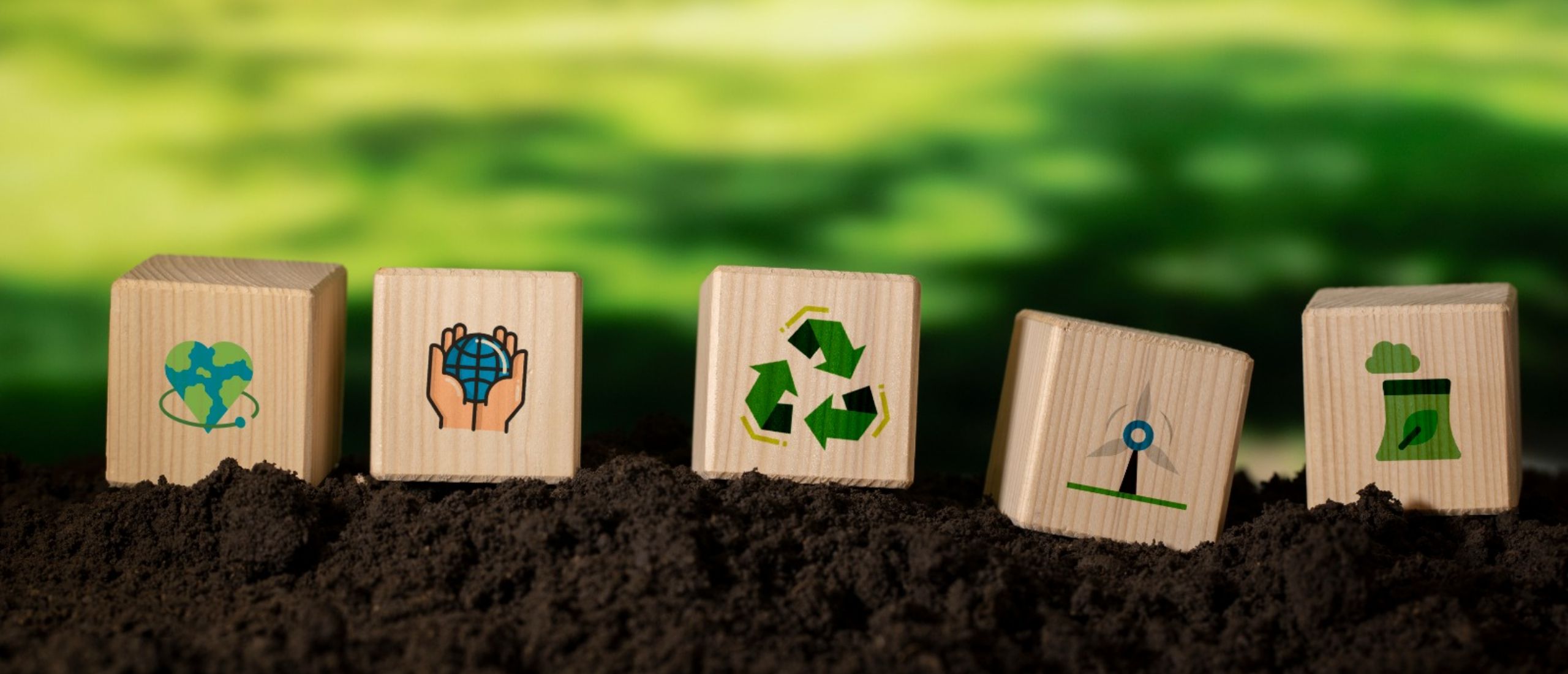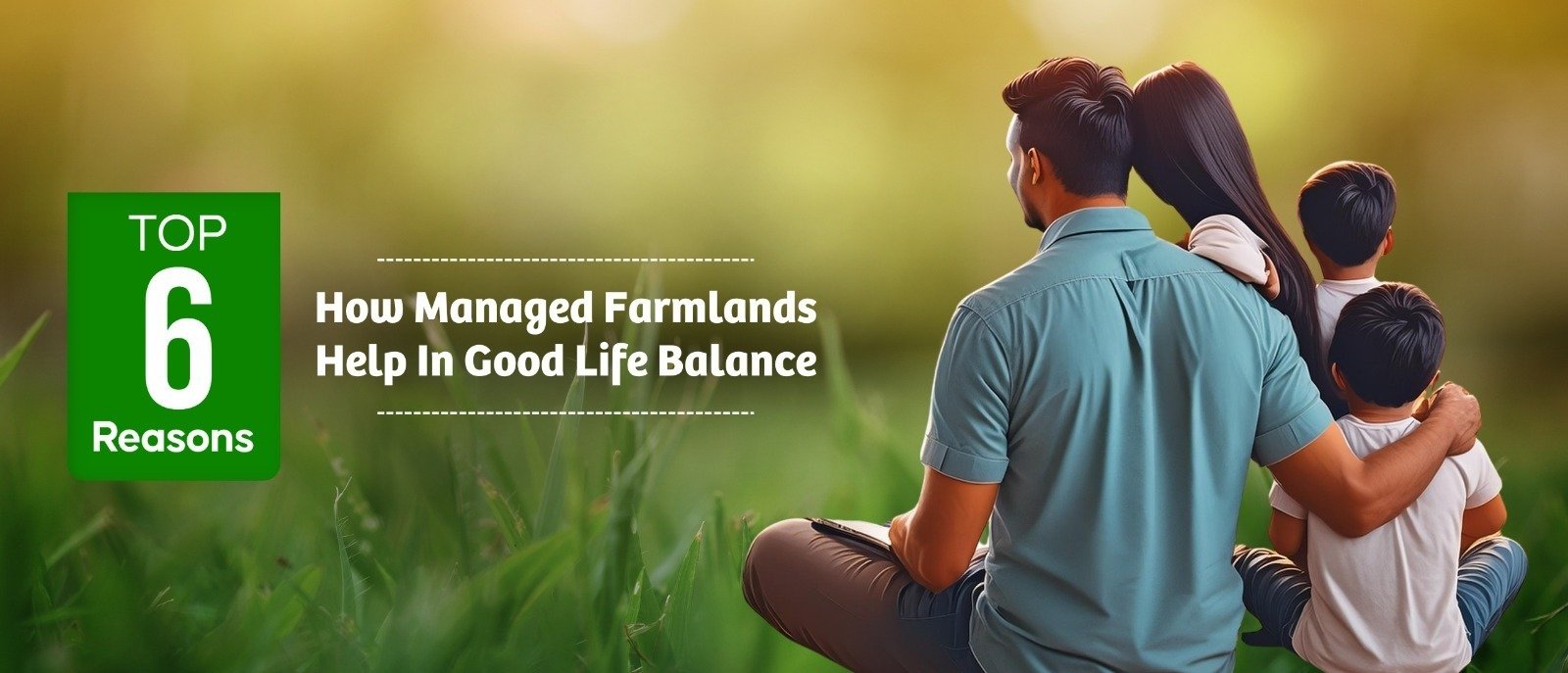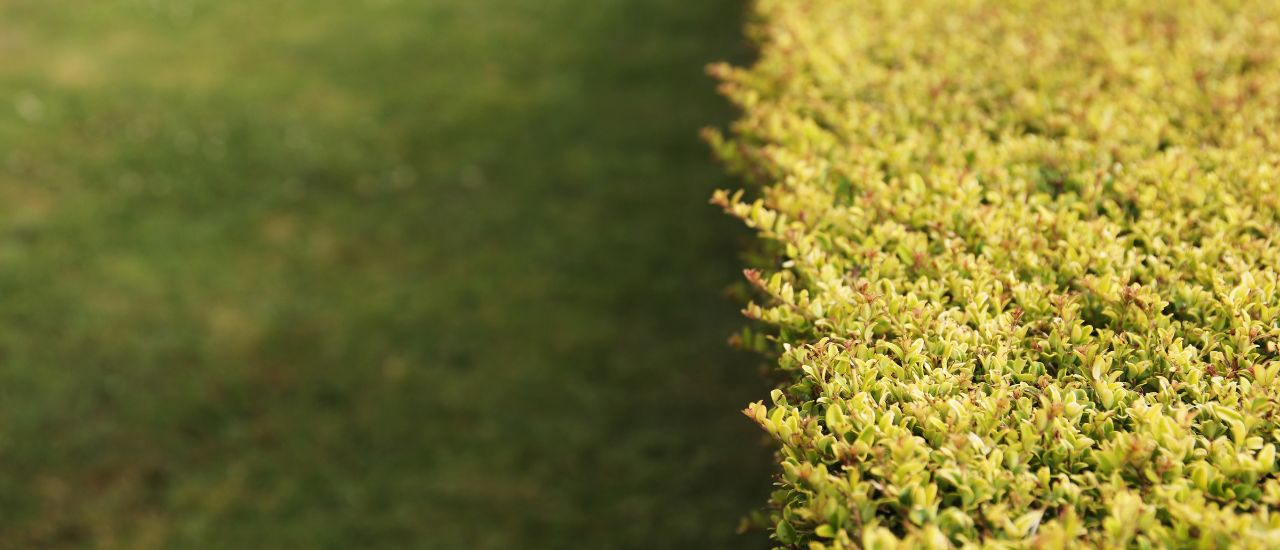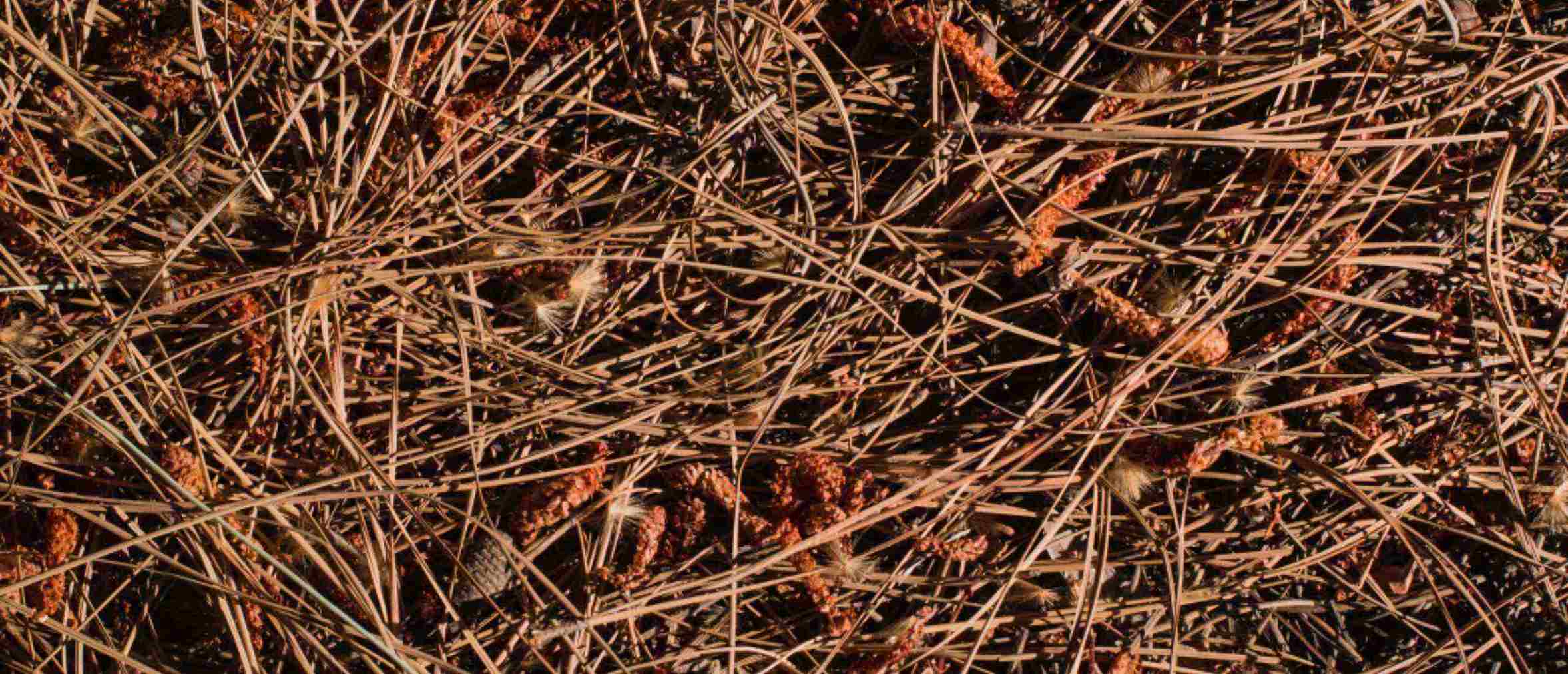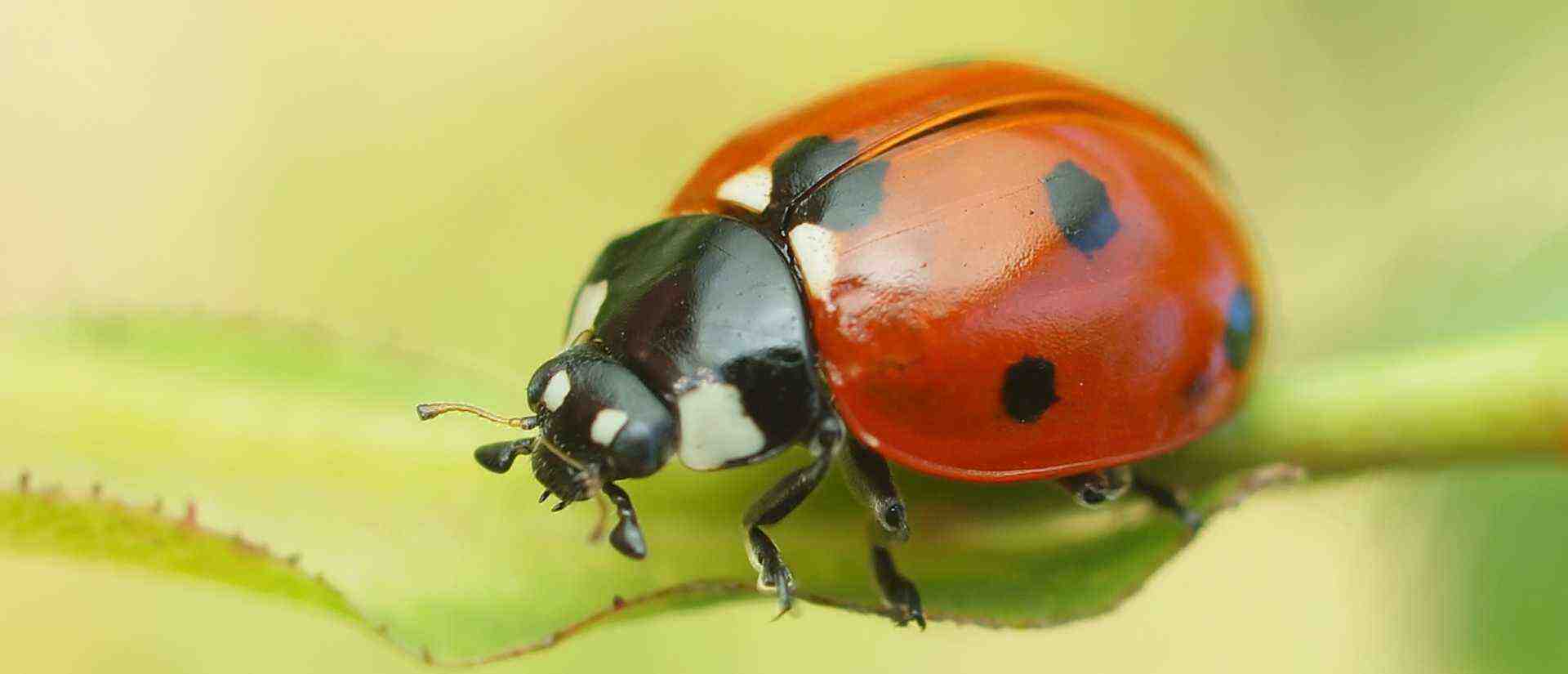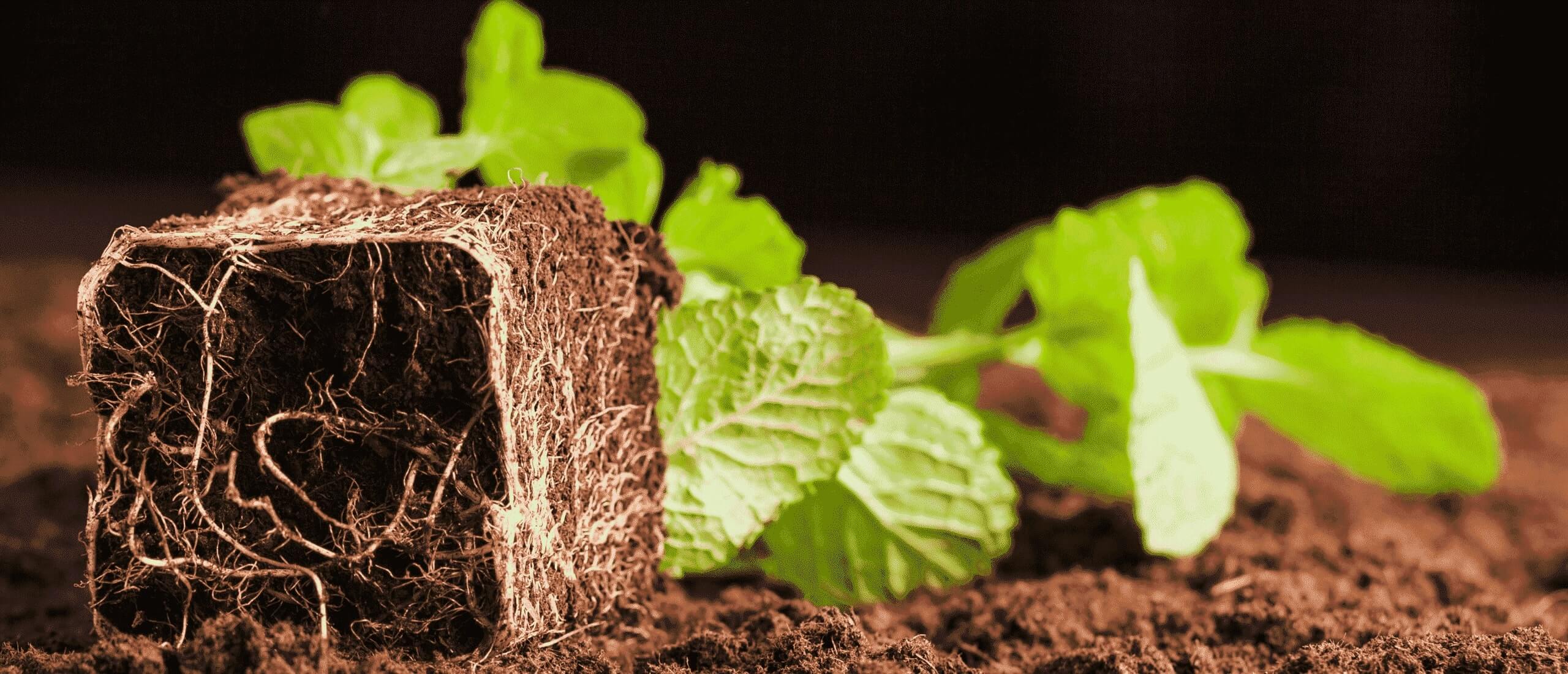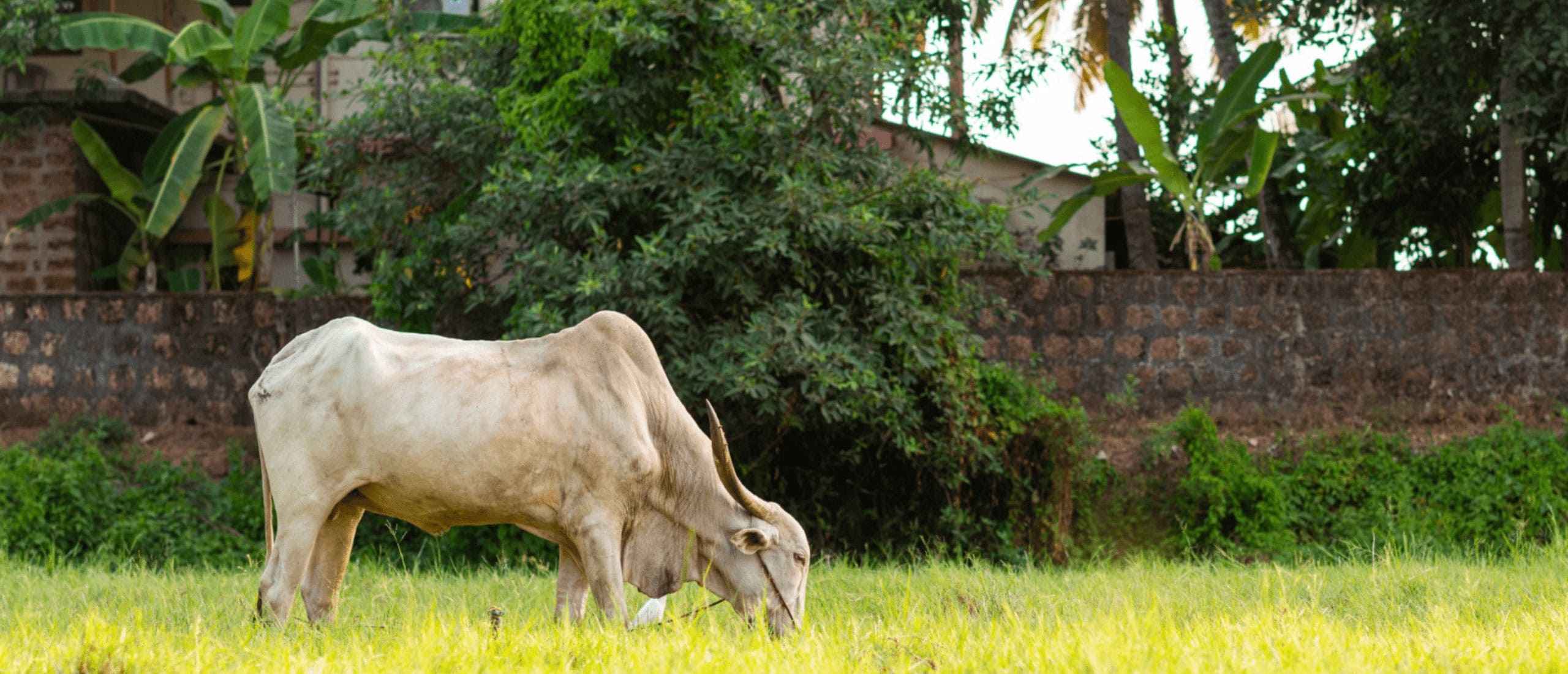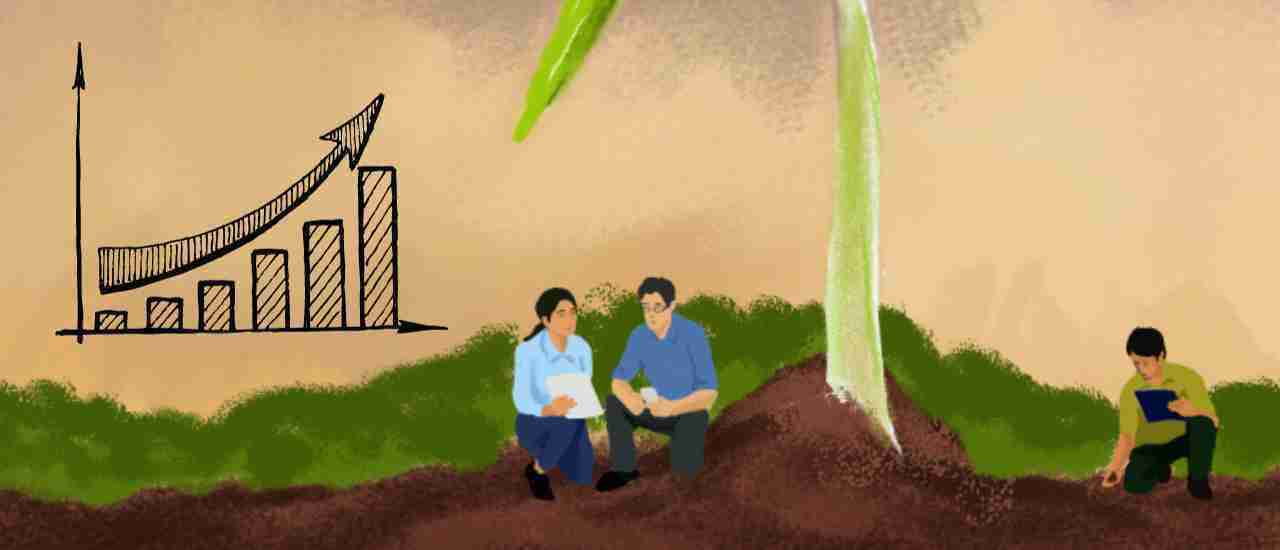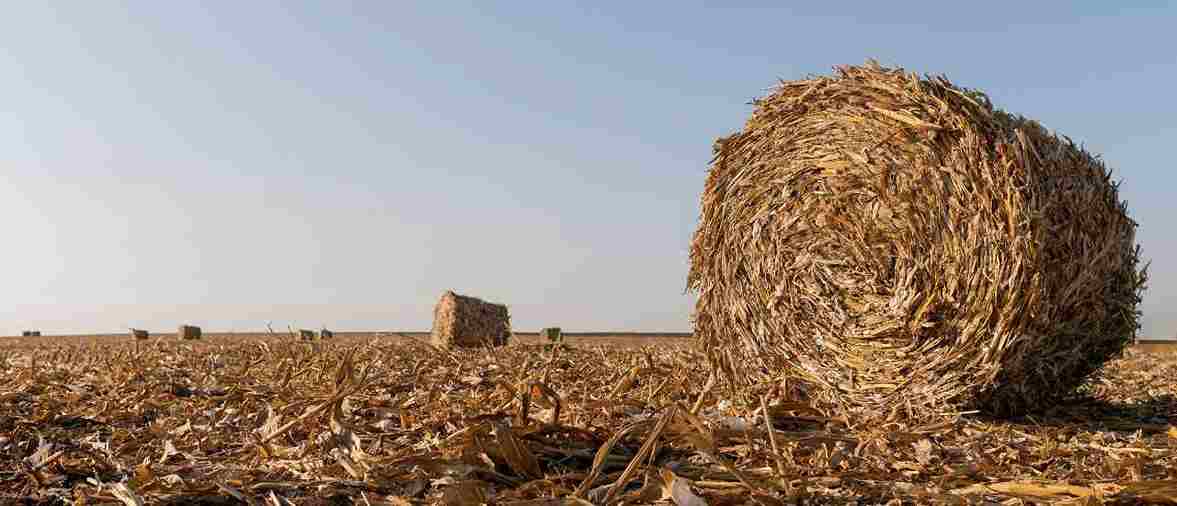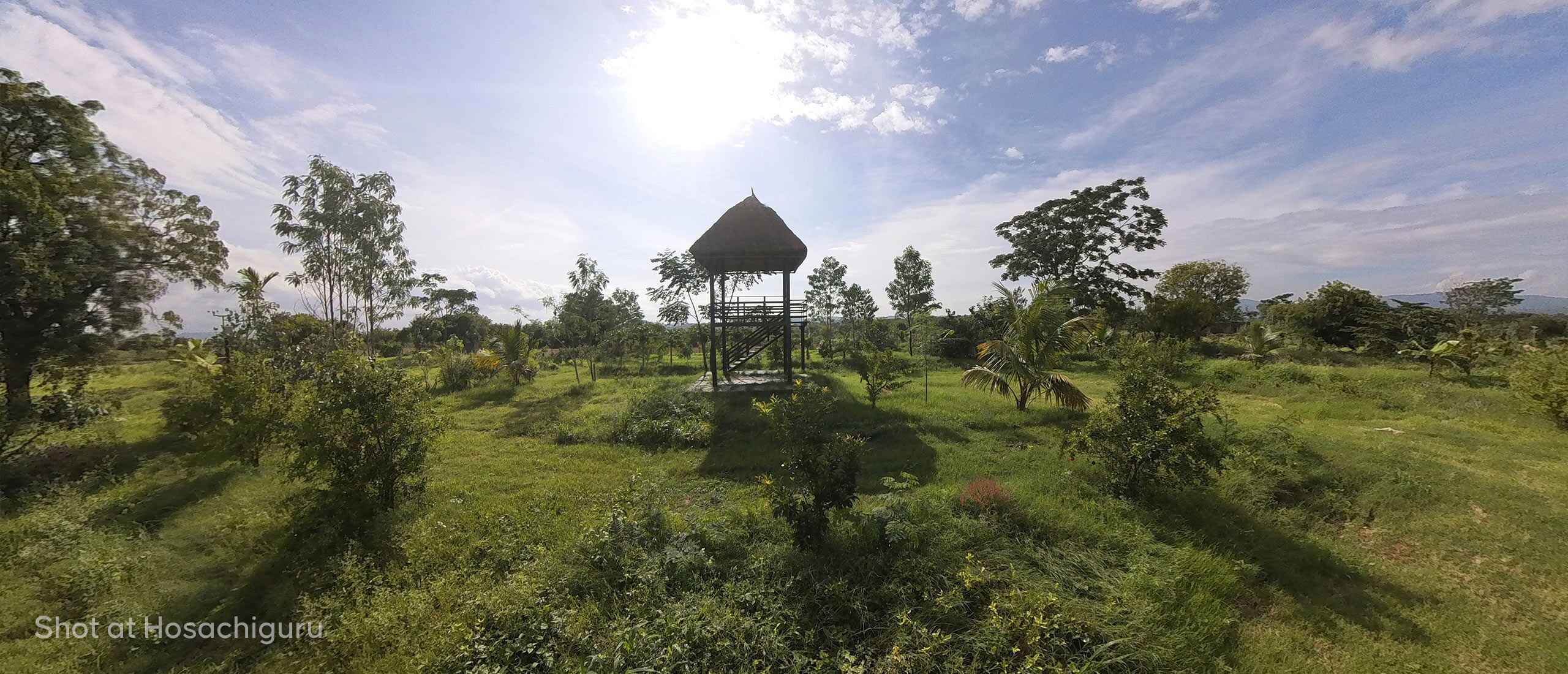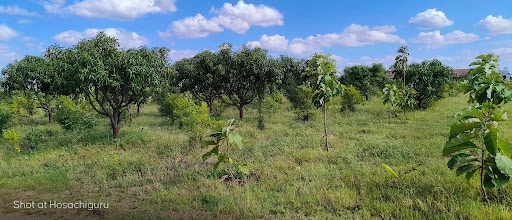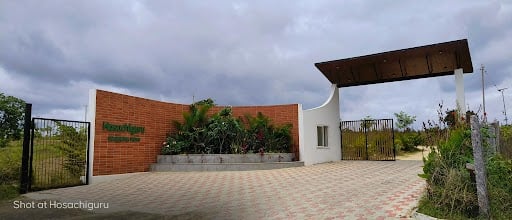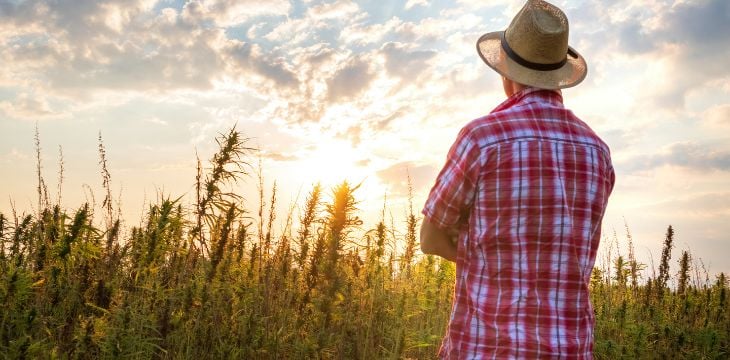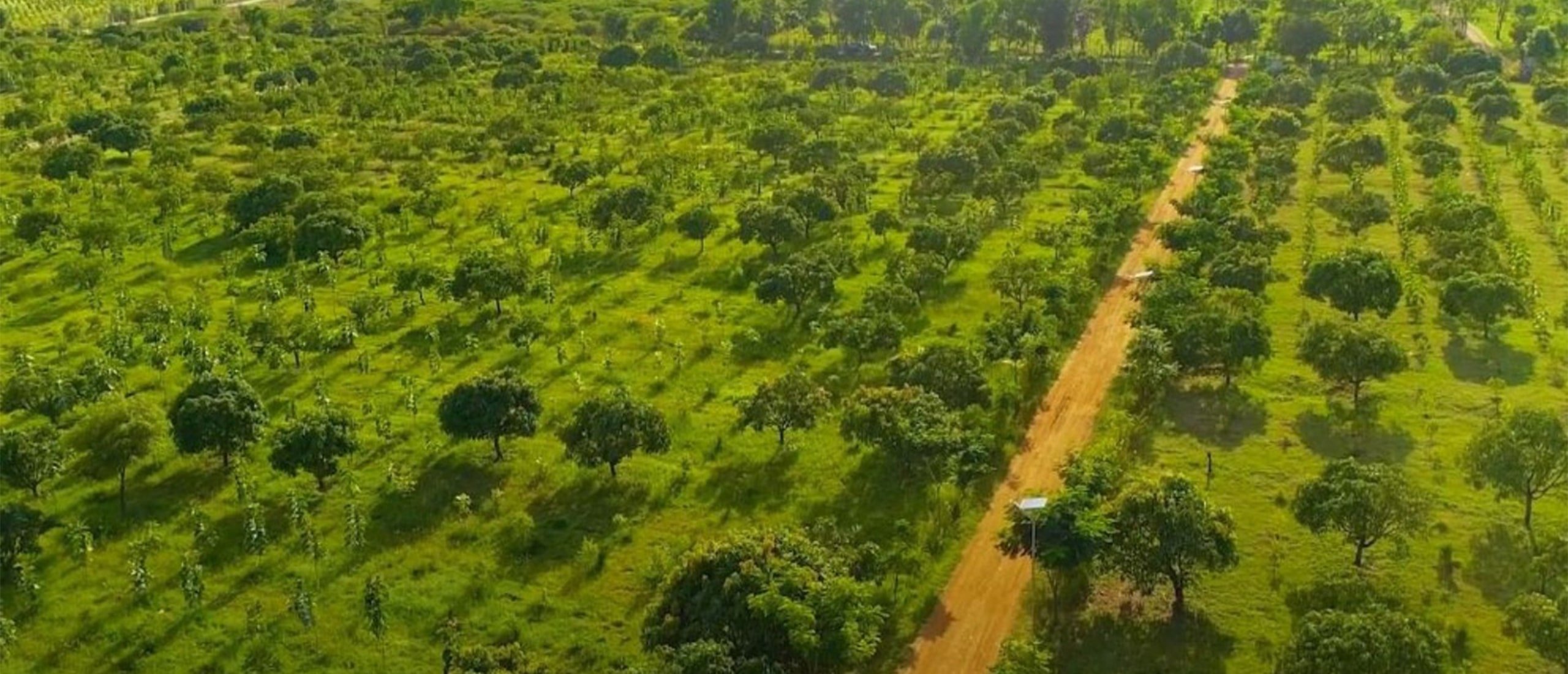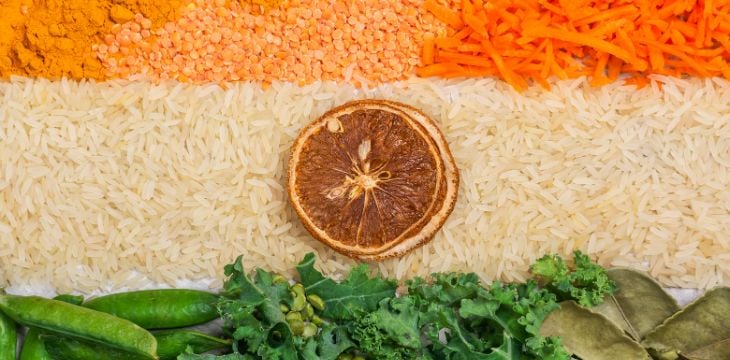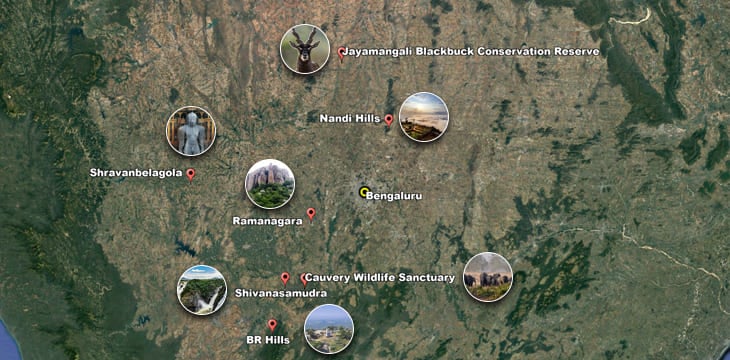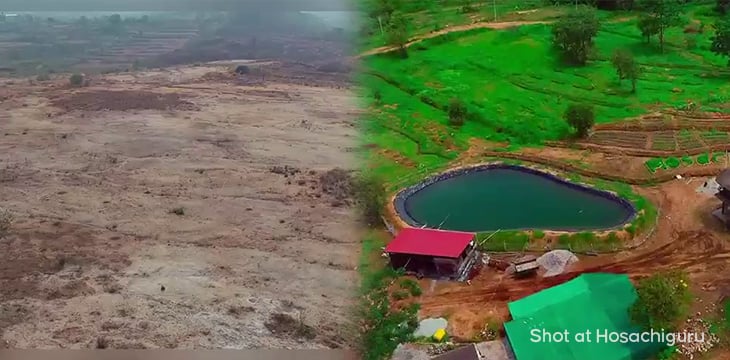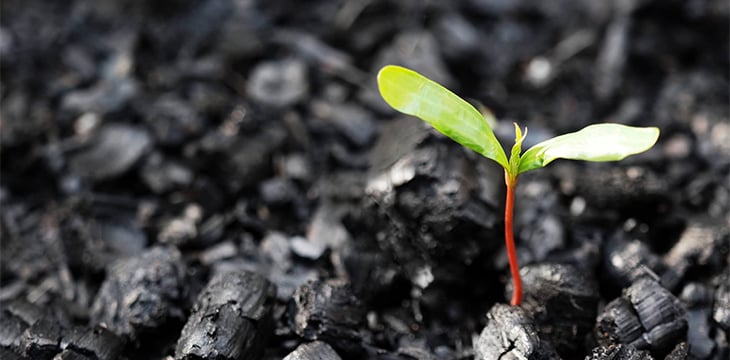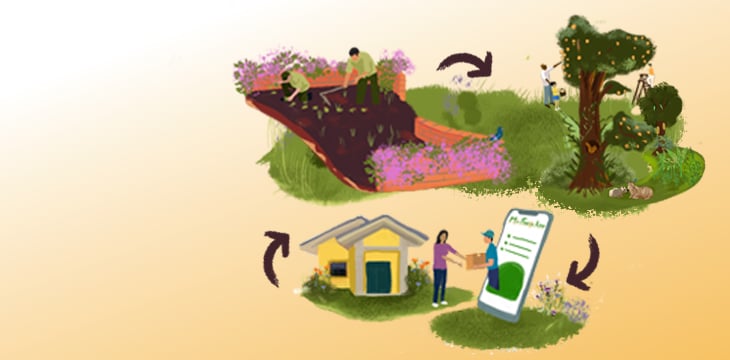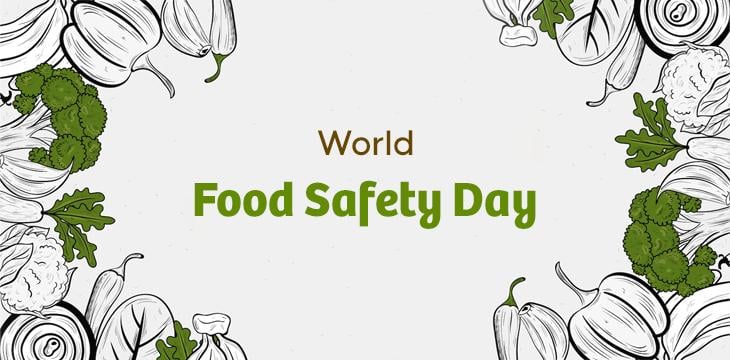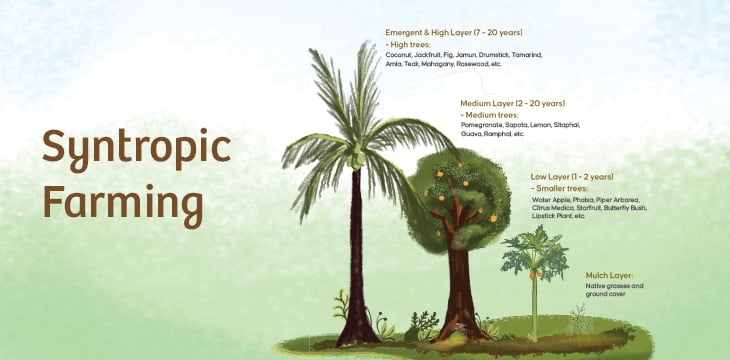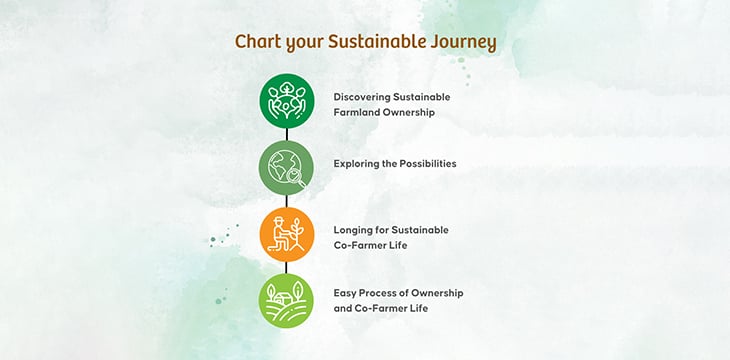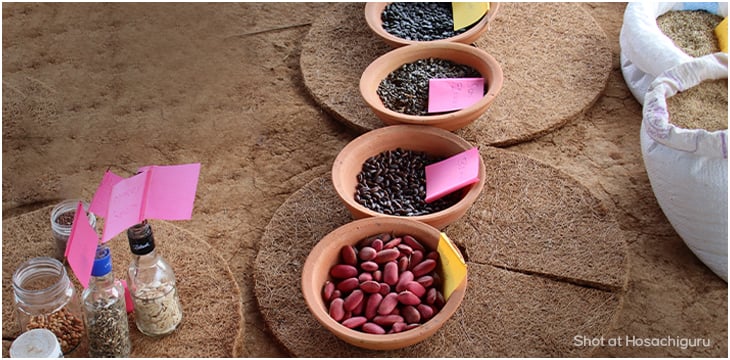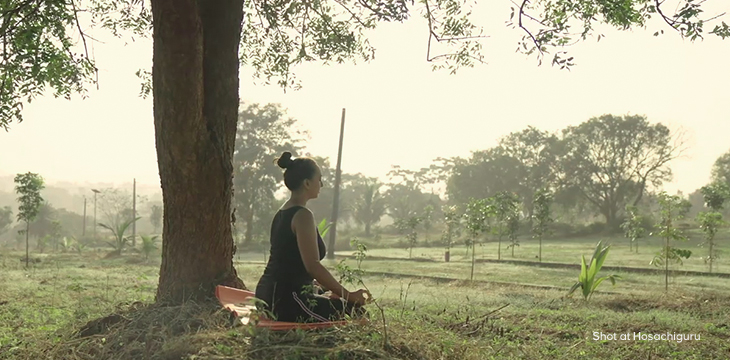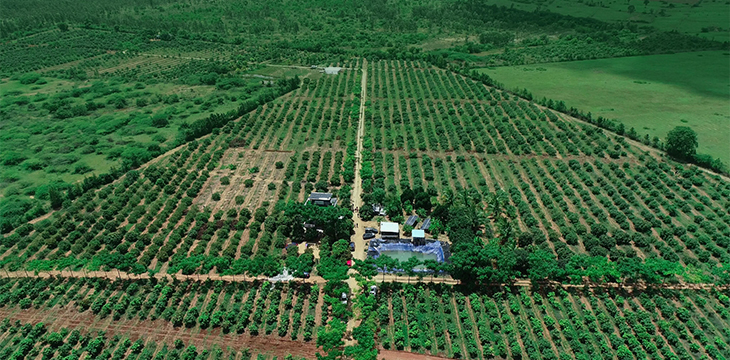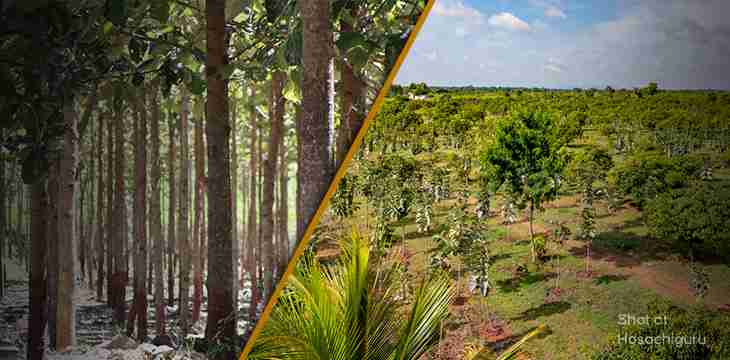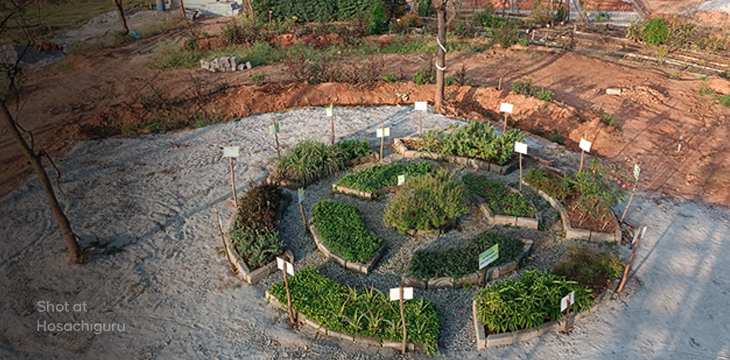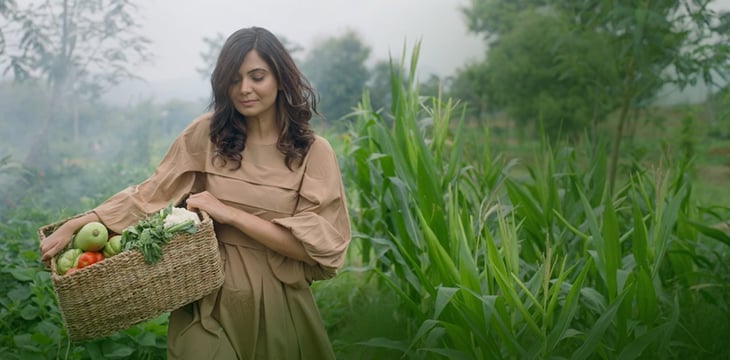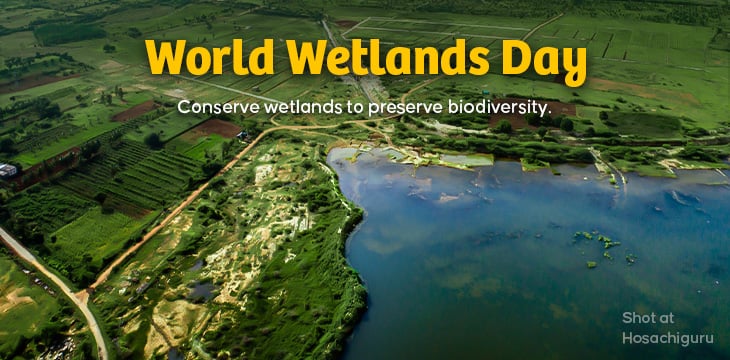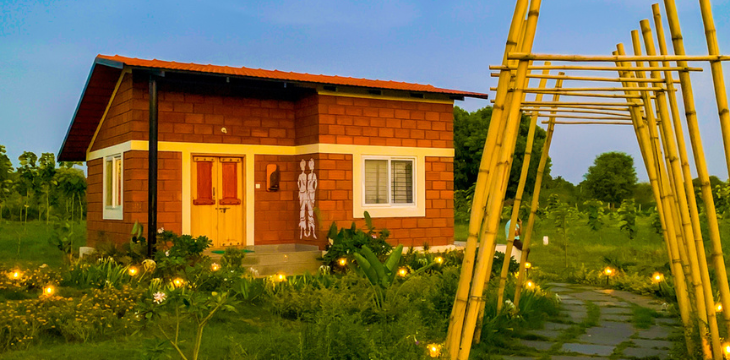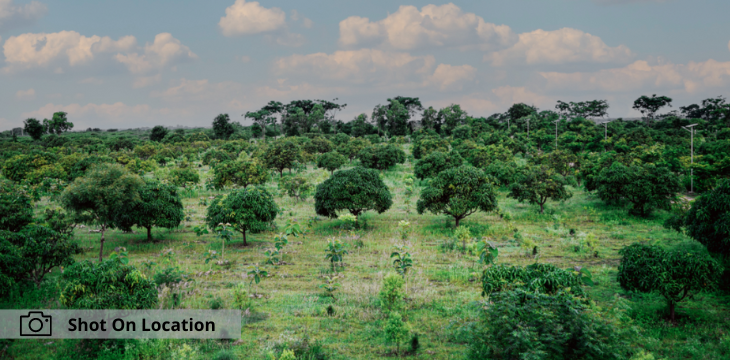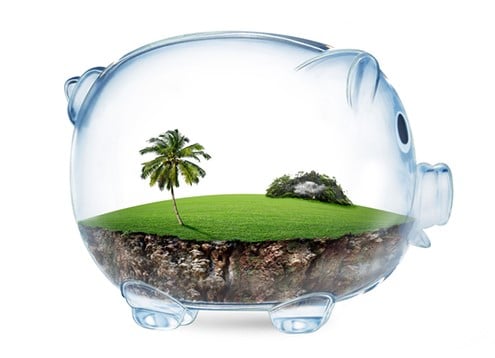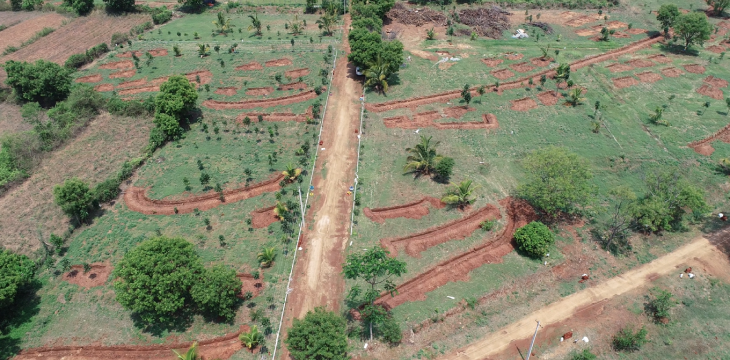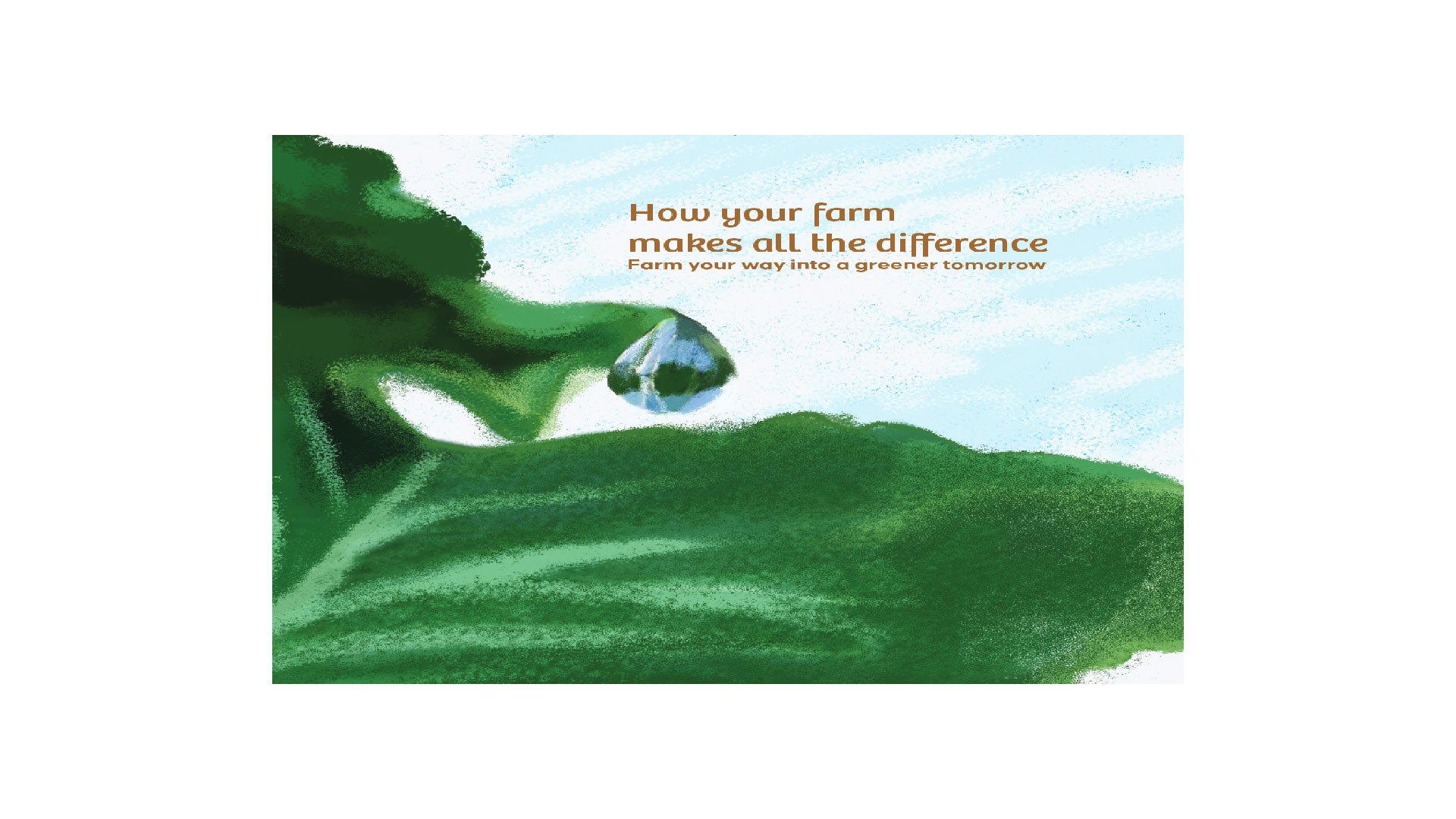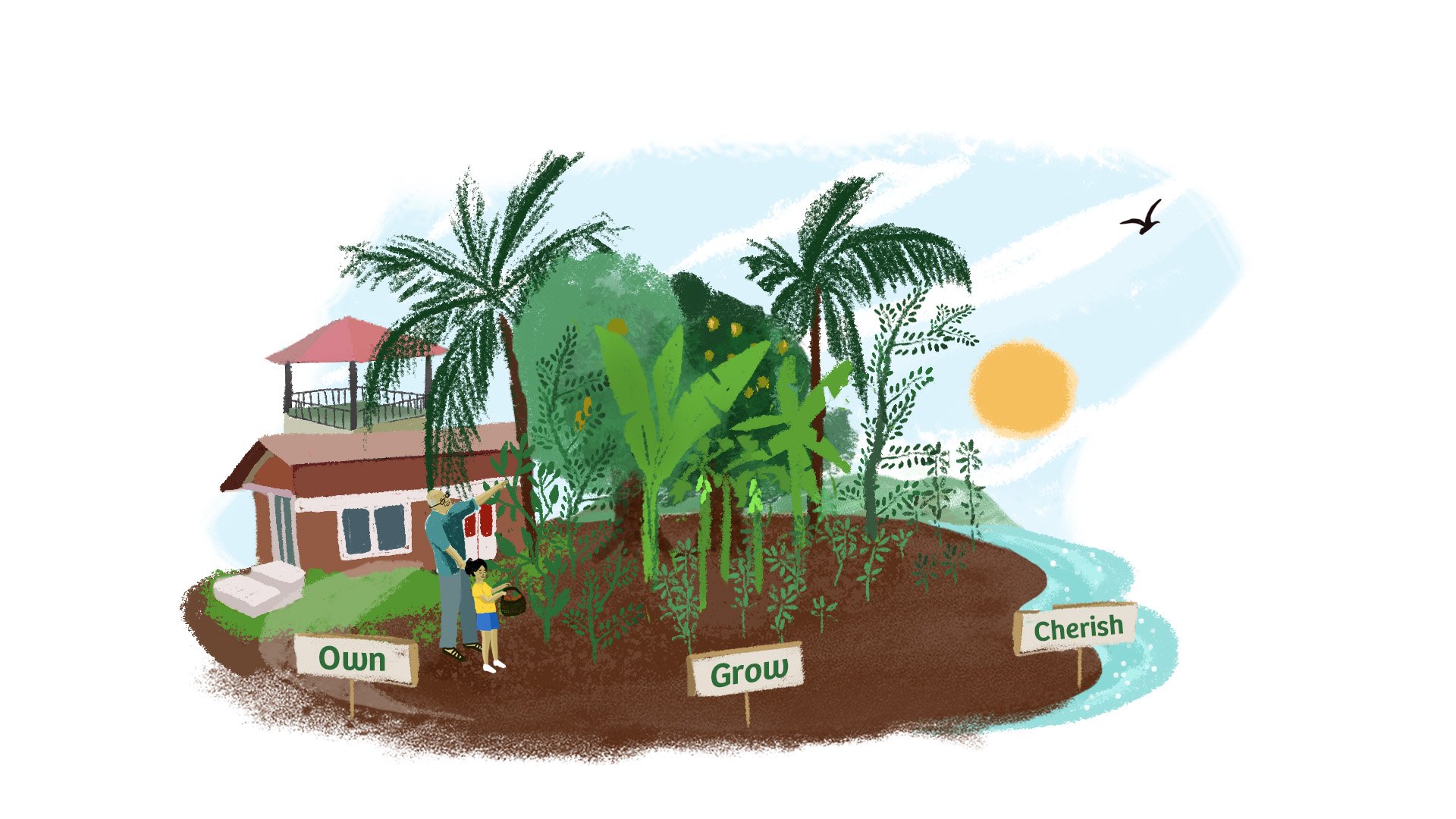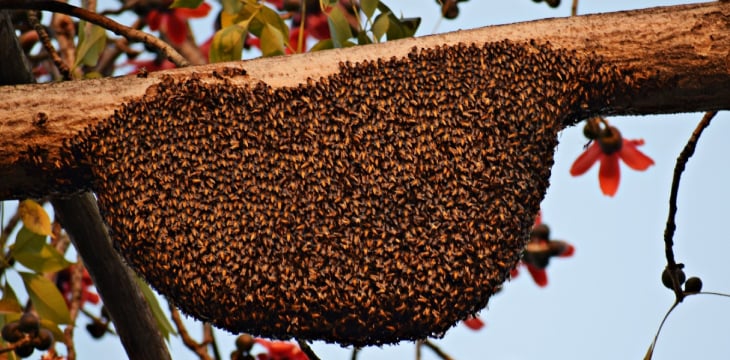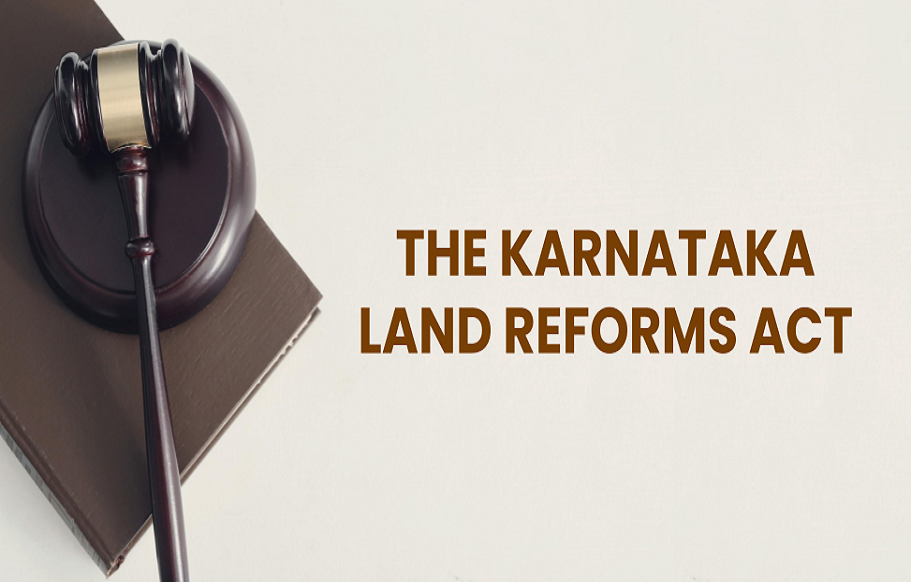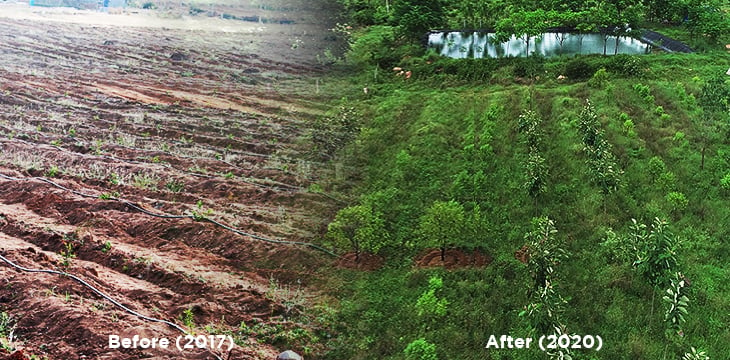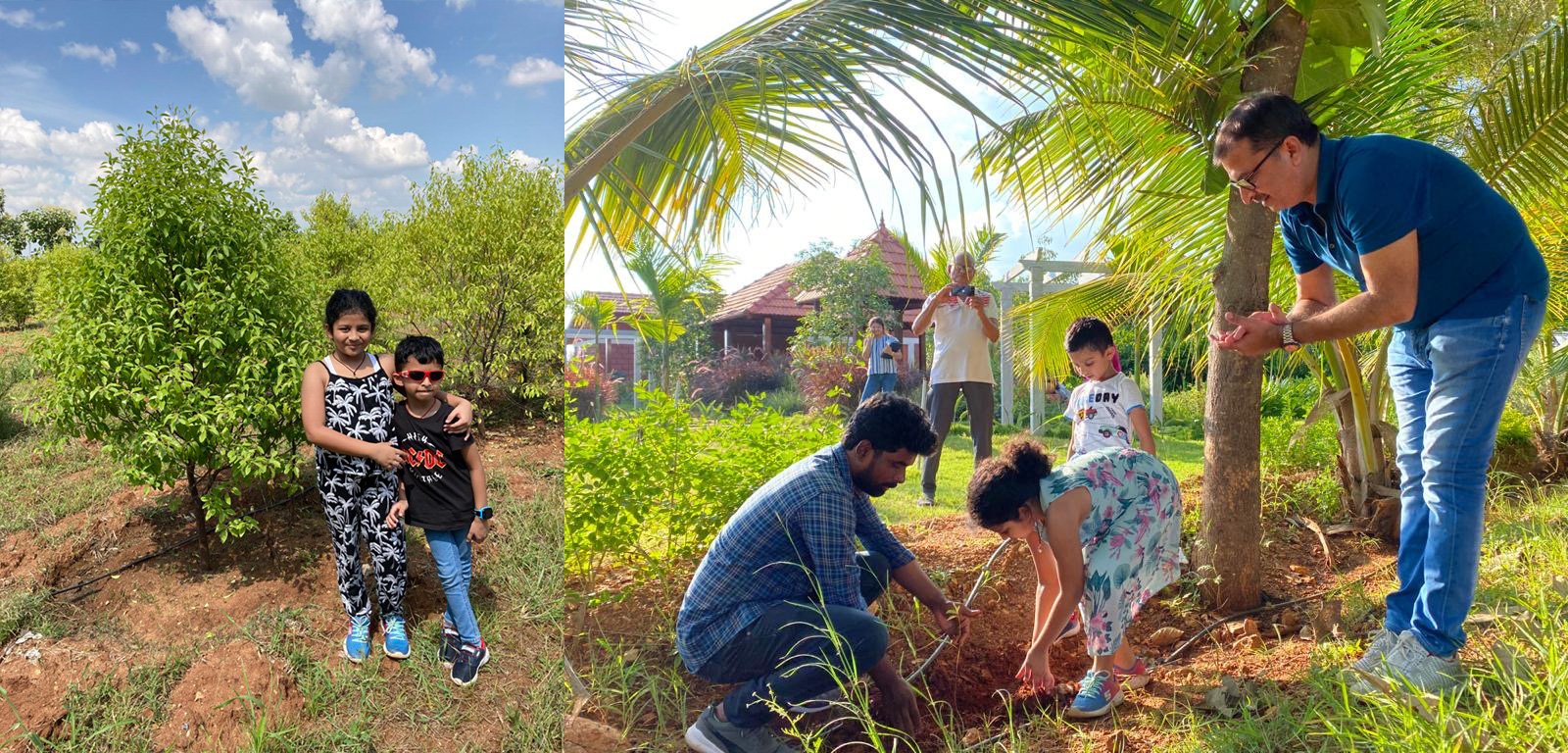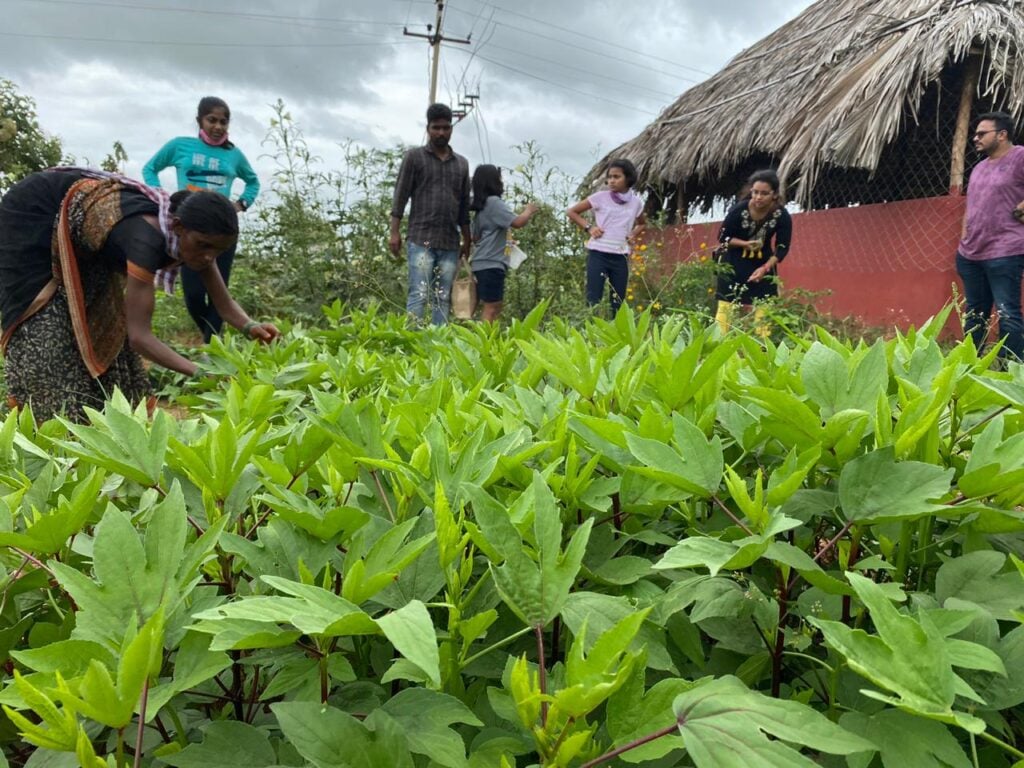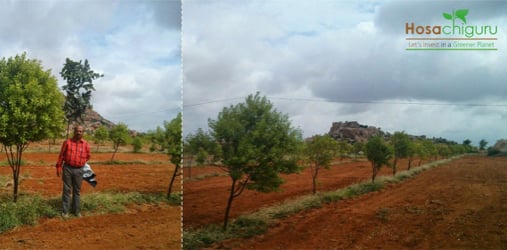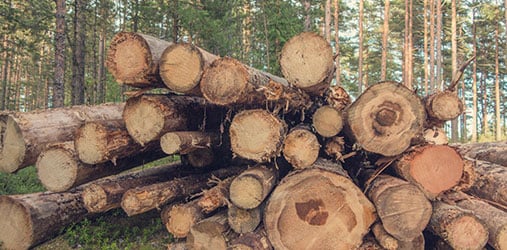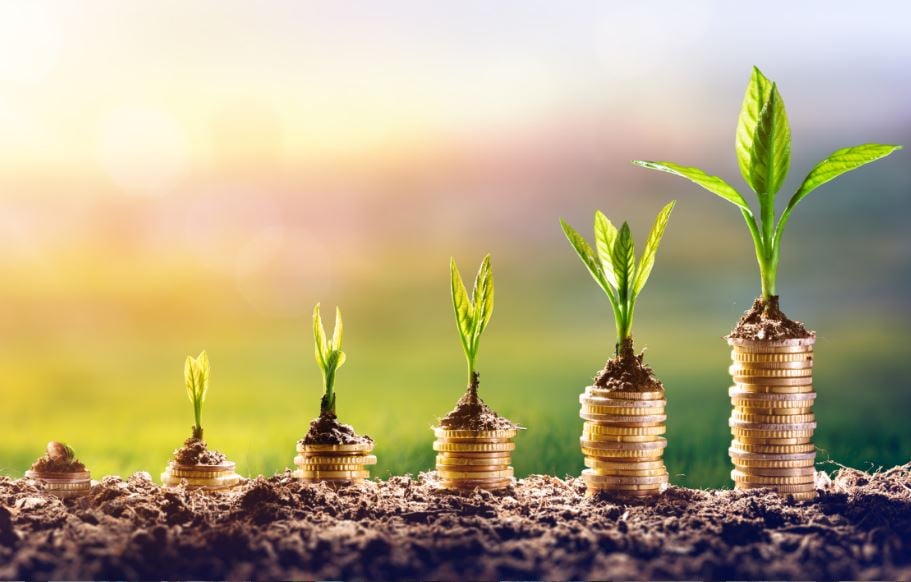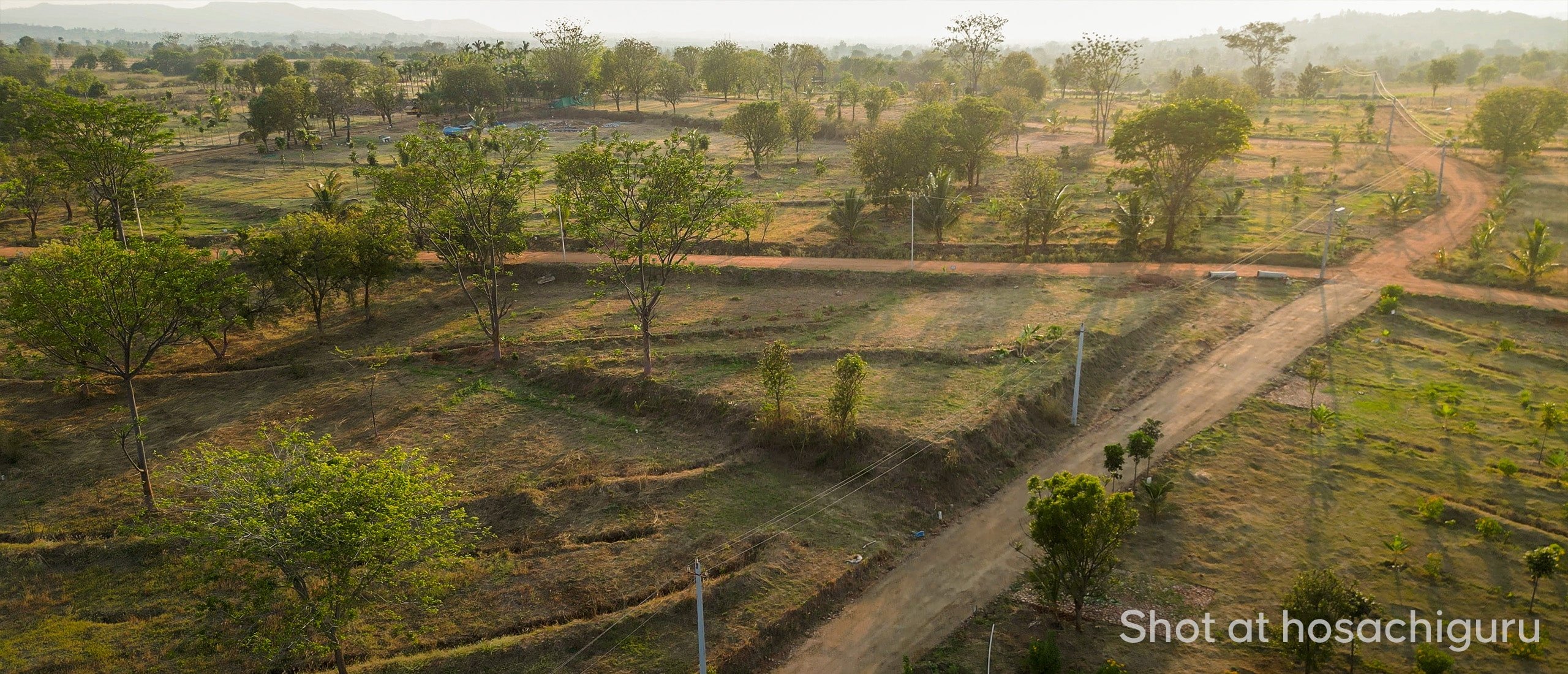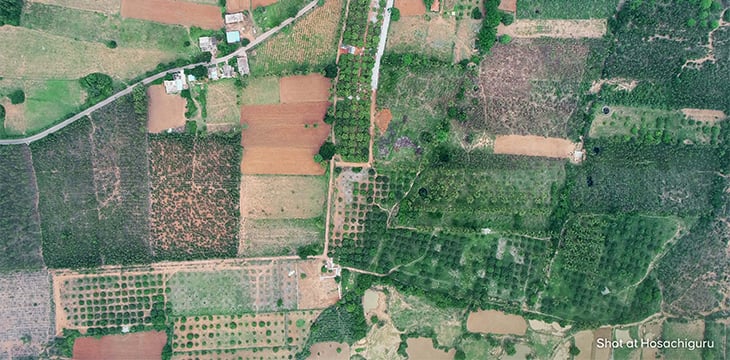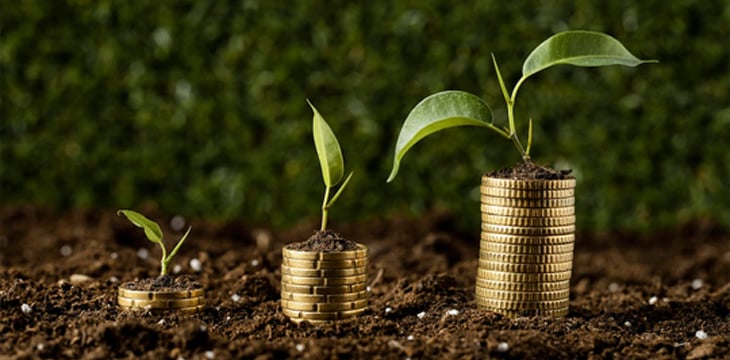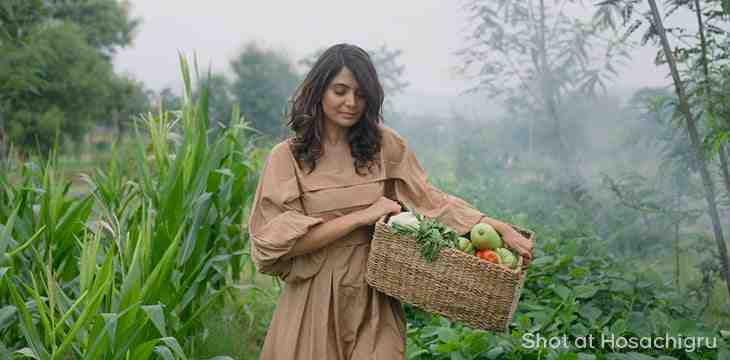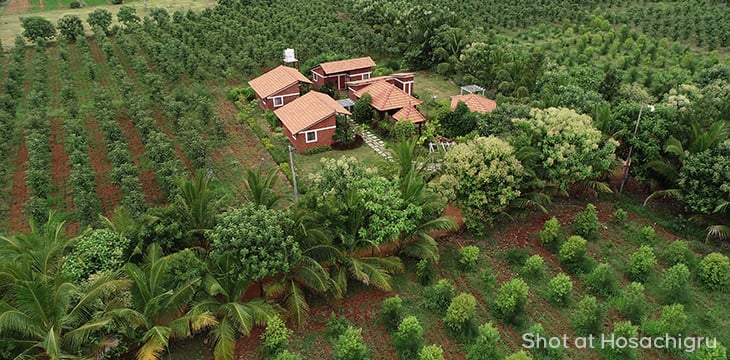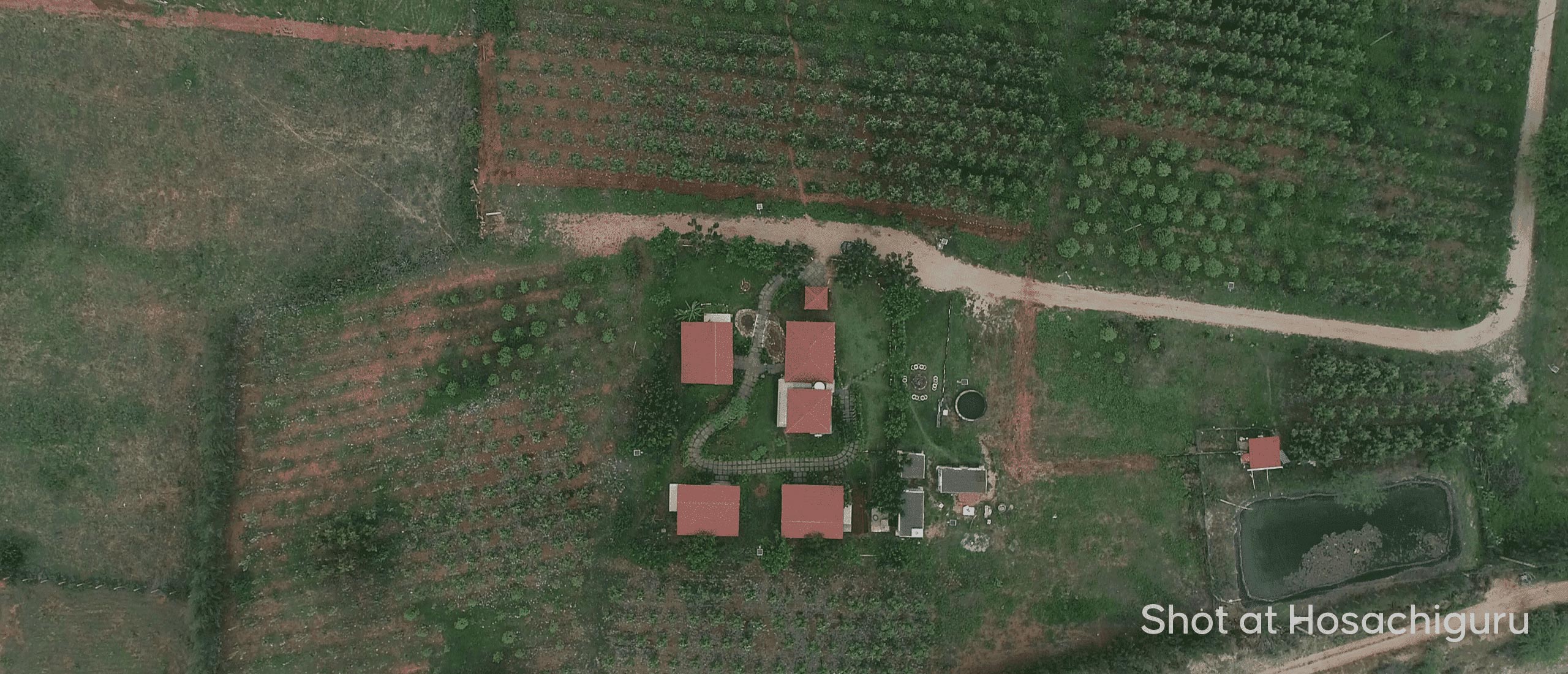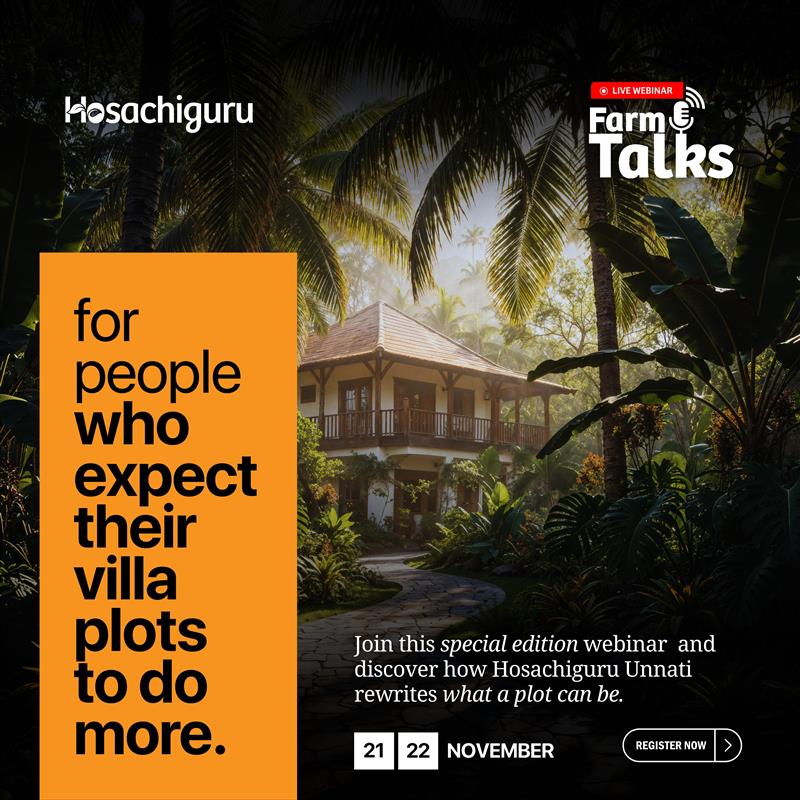November 21, 2025
You can order organic kale with a swipe, meditate on an app, and even buy air purifiers to “simulate” forests indoors. Somewhere along the way, we outsourced nature itself. But here’s the plot twist: you can reclaim a real piece of it.
Managed farmland isn’t about escaping city life—it’s about weaving nature back into it, consciously and intentionally. With Hosachiguru’s farms near Bangalore, this means logistics, soil science, and community all working quietly beneath the trees.
Below is a no-fluff, friendly, step-by-step look at how the model actually works—the stuff plot sellers often skip—and the small surprises that make it worth doing.
Step 1 — We Choose the Land (So You Don’t Have to Play Roulette)
Not all dirt is created equal. A real managed farmland program begins with geography and science: soil tests, water mapping, legal title checks, and an understanding of local ecology. Good operators walk the land, not just Google it.
You want land that can regenerate—places where ponds hold water, where microbial life still thrives, and where planting a tree doesn’t require ten tanks of fertilizer. Hosachiguru focuses on tracts close enough to Bangalore for weekend visits but far enough to breathe—a sweet spot for both access and regeneration.
Step 2 — We Design the System Around Nature, Not Spreadsheets
This is where most projects either win or flop. Smart teams design farms using natural contours, not straight lines. They build swales and recharge pits where rain naturally gathers, plant native hedges to invite birds, and place access roads so tractors don’t disrupt the ecosystem.
A serious managed farmland design includes drip irrigation (efficient), rainwater harvesting (non-negotiable), compost yards (for living soil), and community spaces where people can gather. The difference between a field and a living farm lies in these design choices—and the people who make them.
Step 3 — You Buy the Plot; We Take Care of It
Here’s the delicious bit: you become the legal owner of a plot (usually a quarter to one acre), but you don’t have to become an agronomist overnight. The company provides a full farm management team: agronomists, field staff, and soil technicians who handle day-to-day operations.
Be as involved as you like. Want to prune mango trees on weekends? Go for it. Prefer monthly photo updates and an app that reports rainfall? Also fine. This co-farmer model appeals especially to urban Millennials and Gen Z: ownership without burnout.
Step 4 — We Invest in Soil and Water First (Where Real Value Grows)
Forget the harvest for a minute. The work that matters—and pays off long-term—happens underfoot. Cover crops, compost, mulching, and microbial treatments rebuild soil structure. Water is captured and allowed to recharge the ground.
Hosachiguru treats water like a relationship, not a box to tick. Rainwater is stored in recharge ponds and slowly released back into the soil. Healthy soil + stored water = a farm that’s resilient to the increasingly unpredictable weather we’re seeing.
Step 5 — Planting Is Strategy, Not Whim
A managed farmland team doesn’t plant trends—they plant for climate, soil, and risk diversification. A site may host mango orchards, timber species, intercrops, and food-forest pockets that support each other.
This mixed-model approach boosts biodiversity, spreads income sources for owners, and creates unique farm experiences. You’ll see birds, bees, and a messy, delicious diversity—not a sterile monoculture.
Step 6 — You’re a Co-Farmer, Not a Landlord
“Co-farmer” is more than a title. Many owners crave community, not just ownership. Workshops, harvest meetups, and on-site events create a social rhythm. People swap tips, kids learn about compost, and weekends feel restorative.
This is modern community farming: curated, accessible, and low-drama. No HOA-style meetings about fences. No surprise municipal notices. Just shared work and genuine human connection facilitated by the farm team.
Step 7 — Tech Is the Glue (Transparency > Mystery)
Good projects use simple technology to keep you connected: dashboards or apps showing rainfall, soil moisture, photos, and activity logs. You don’t need to be an agritech geek—you just appreciate not being ghosted.
Hosachiguru’s updates offer real-time feel-good moments: the first leaves on a sapling, the first bees in the pollinator garden, a full pond after the monsoon. Transparency builds trust and keeps you emotionally connected, even from the city.
Step 8 — Harvests, Revenue, and the Softer Returns Yes, you can earn from fruit or timber. But returns are multi-dimensional:
- Monetary: Produce or timber revenue
- Ecological: Soil and water improvement
- Personal: Respite, meaning, and contributing to climate action
Don’t expect overnight riches. This is a slow-value asset—think long seasons, not instant flips. The payoff also includes things that compound invisibly: richer soil, groundwater recharge, and a stronger local ecosystem.
Step 9 — Governance, Exit Routes, and Legal Clarity
Always ask about governance before you buy. Who manages disputes? What are exit terms? Can you sell your plot? How is revenue shared?
A responsible managed farmland company is transparent about management agreements, resale rules, and ownership rights. If someone dodges these questions, that’s a red flag.
Hosachiguru provides clear ownership deeds and agreements—reading the fine print shouldn’t feel like decoding ancient scripts.
Step 10 — The Long Game: Legacy and Real-World Impact
Buying into a managed farmland project is a vote for patience. It’s investing in a future where your money helps restore land and build ecological resilience. The biggest return? Leaving behind a living place that outlives you.
For Millennials and Gen Z seeking investments with impact, this matters. You’re not just buying land; you’re building habitat, supporting local livelihoods, and creating spaces where city-dwellers learn to care again.
So, Why Hosachiguru?
Because this isn’t fantasy. It’s a structured way to own nature responsibly: legal deeds, regenerative design, a skilled farm team, community events, and transparent updates. It’s sustainability balanced with lived experience—a recipe that lasts.
If your thumb twitches when you see a sapling photo, or you’re yearning for an investment that smells like soil and possibility, take the next step.
Visit Hosachiguru today and book your farm plot.

